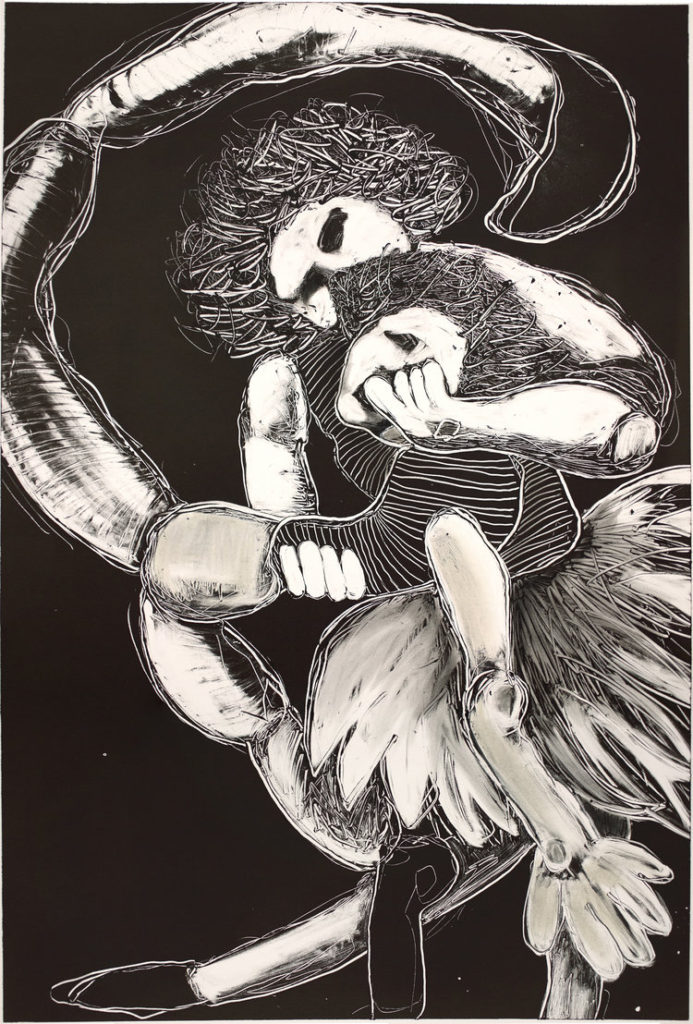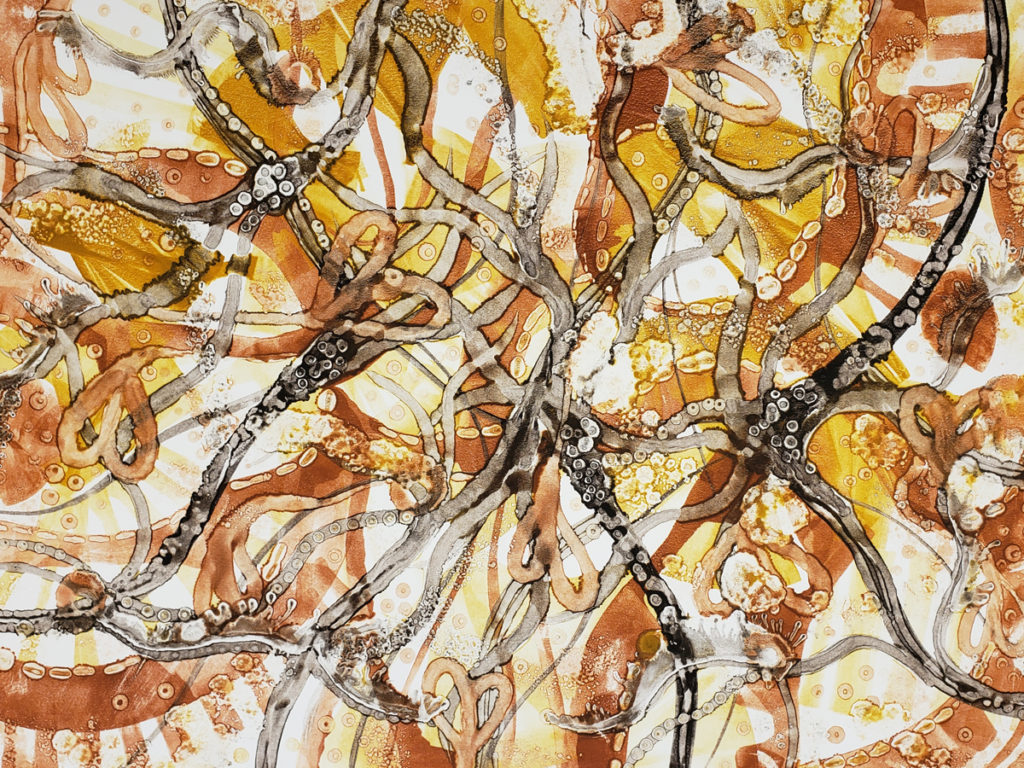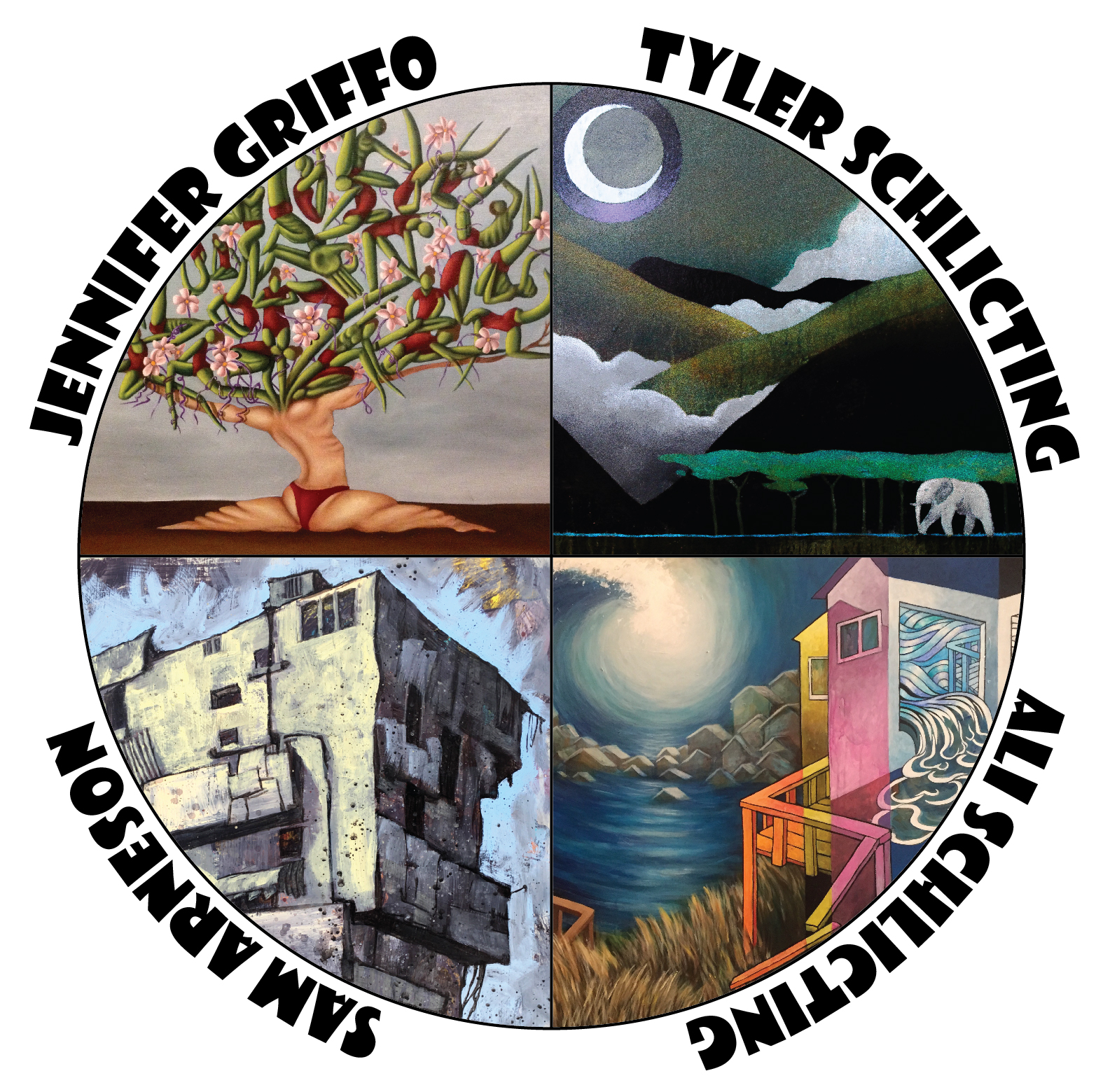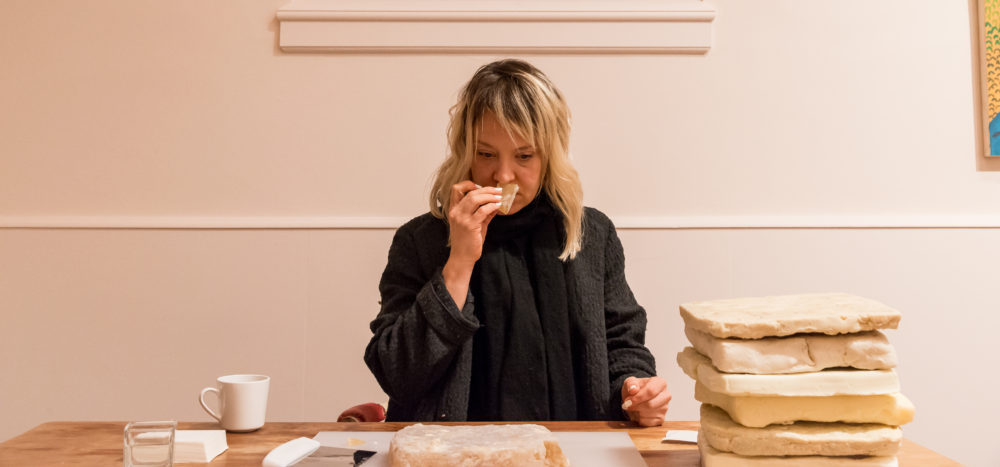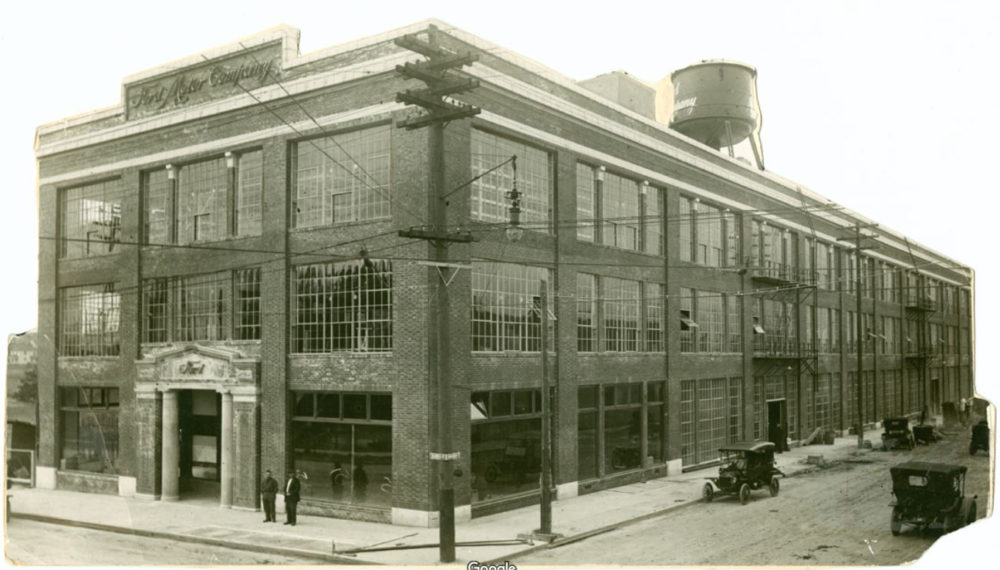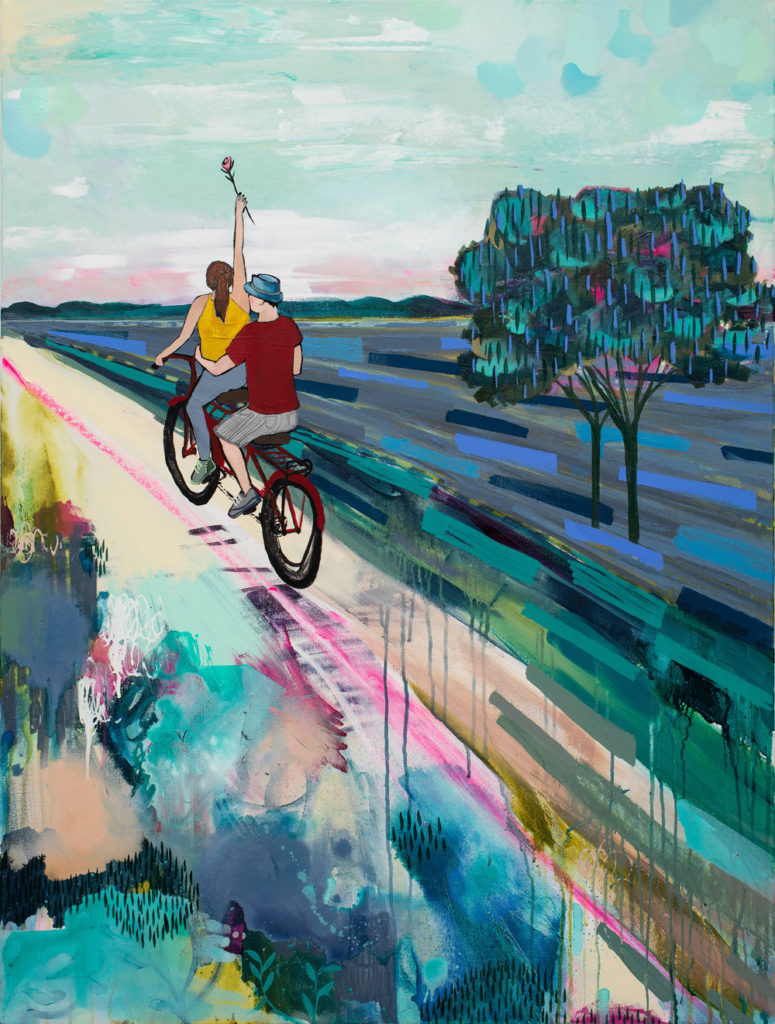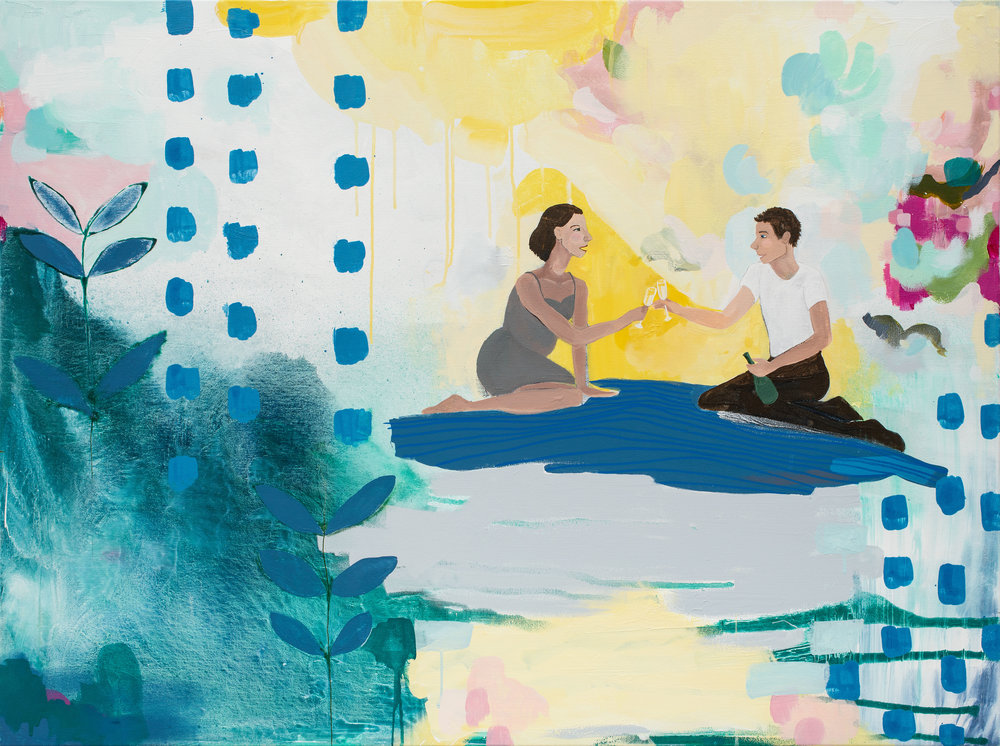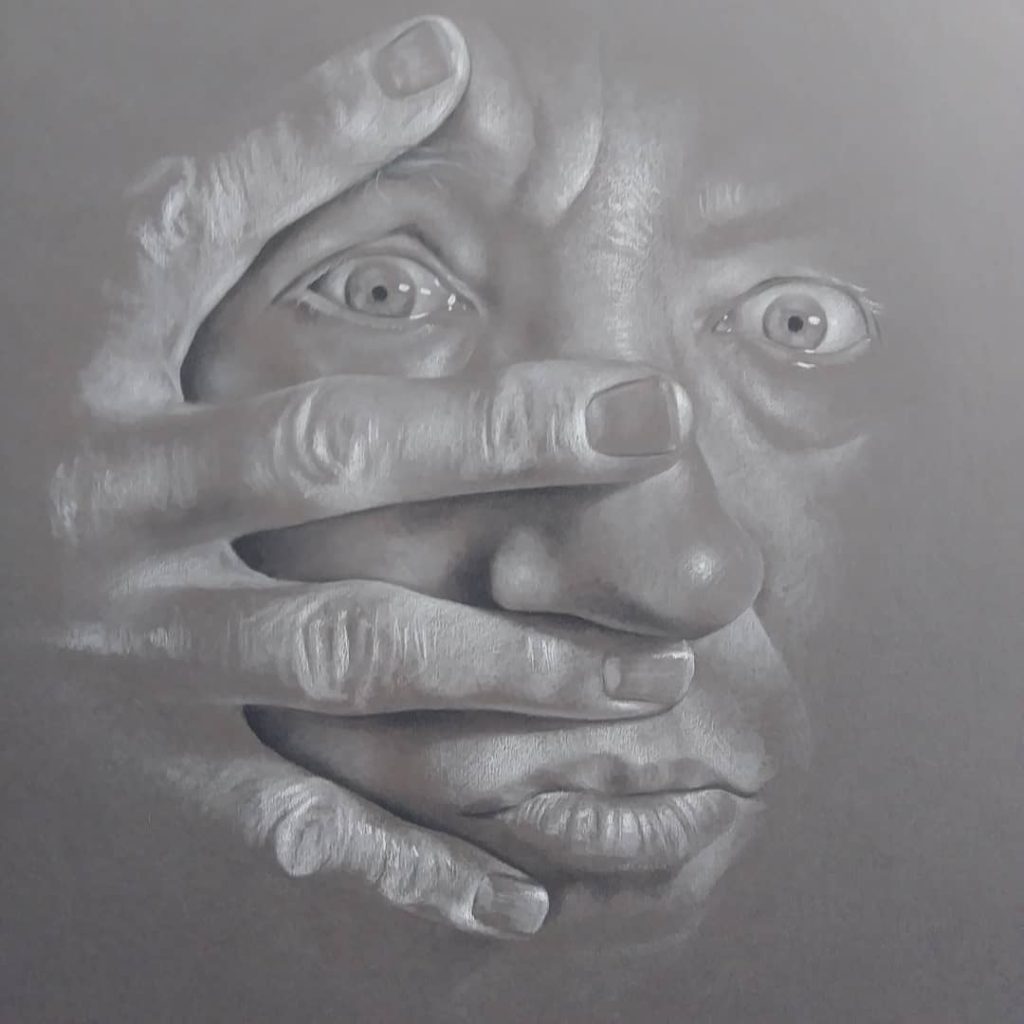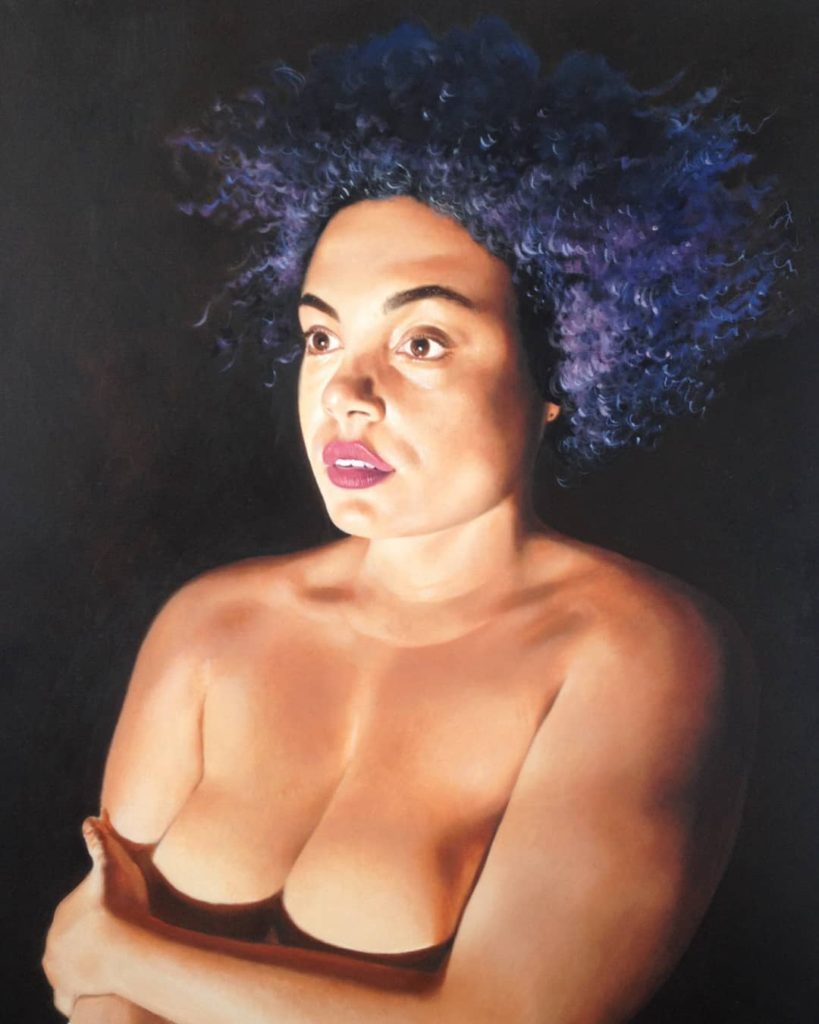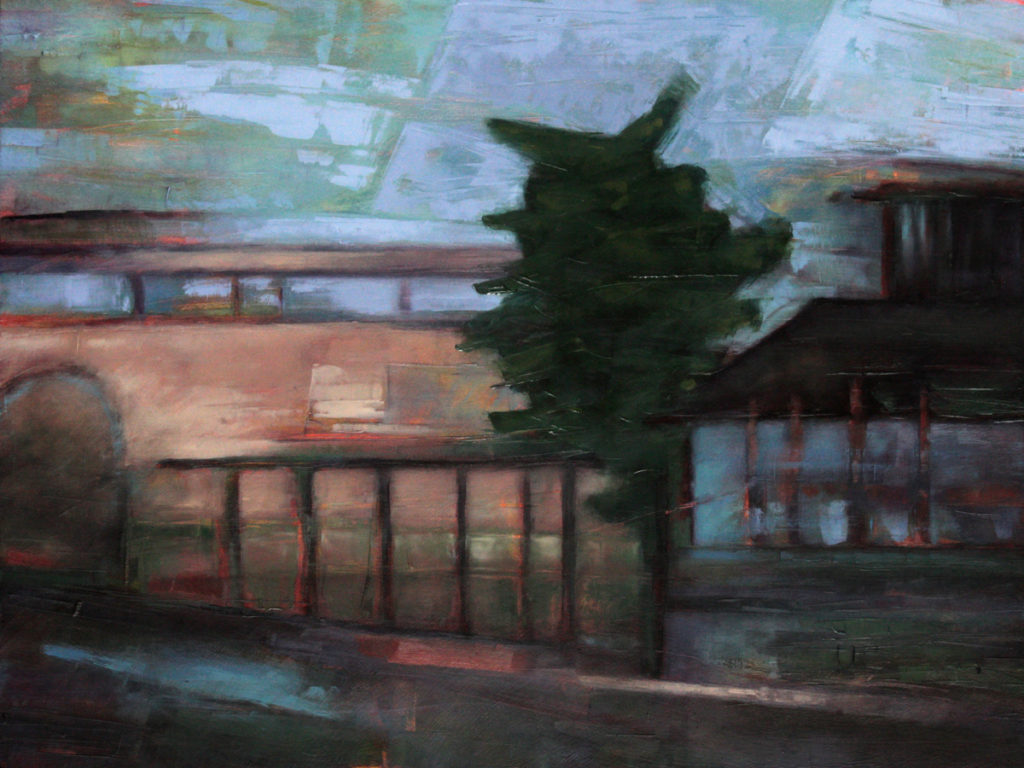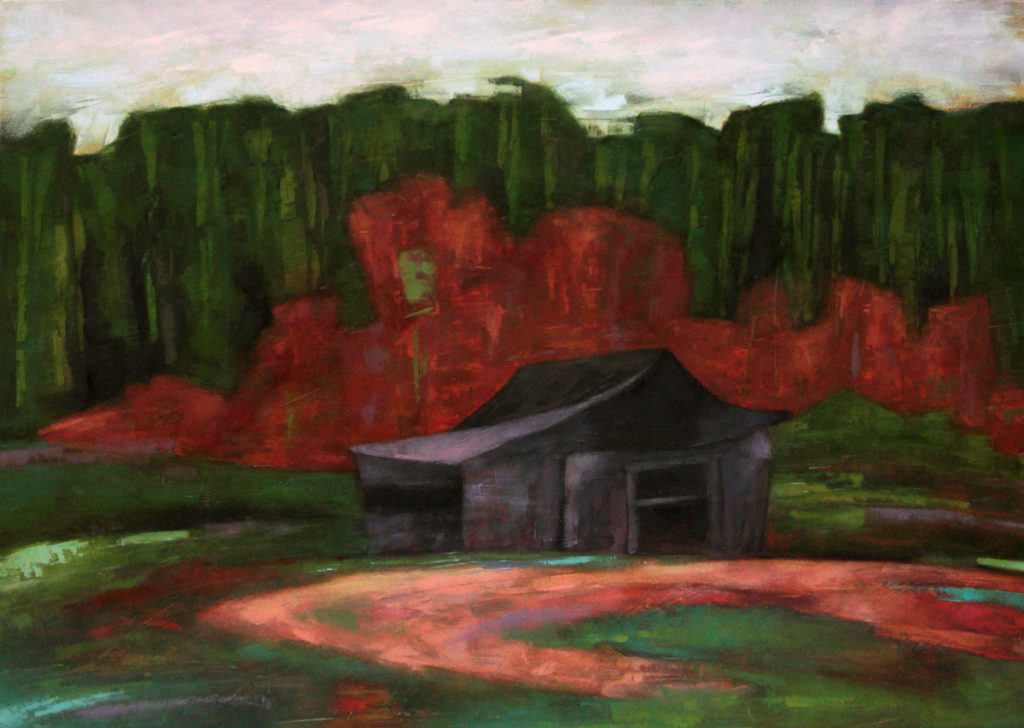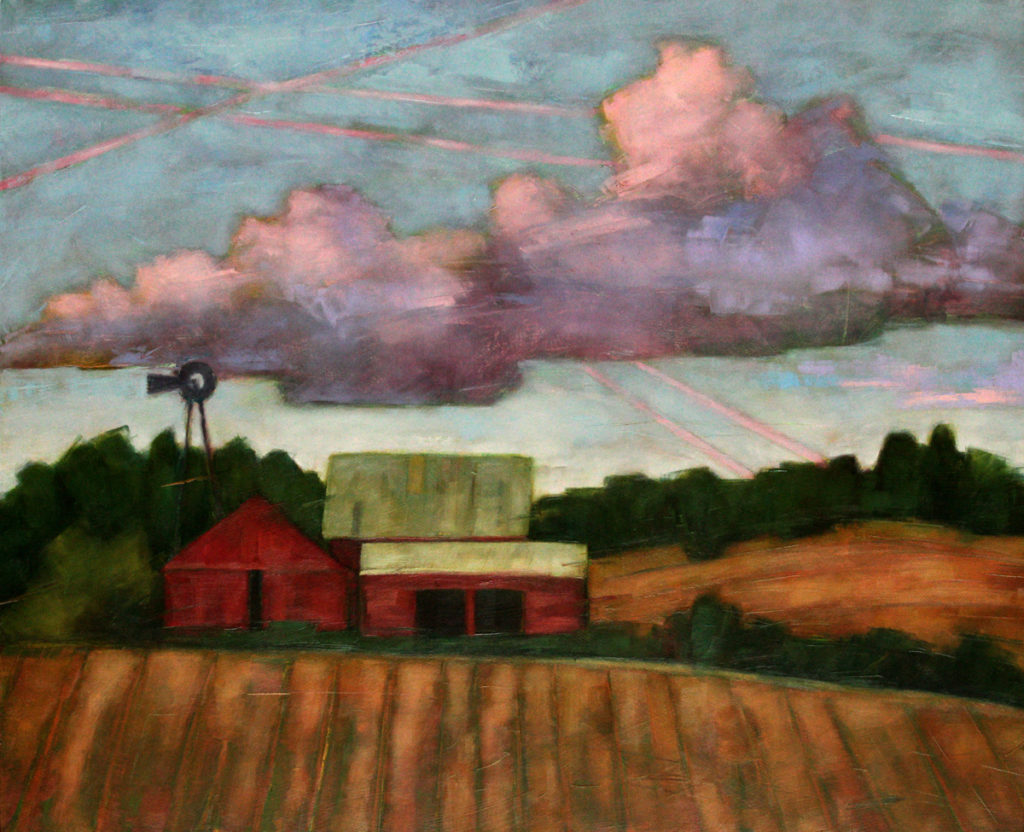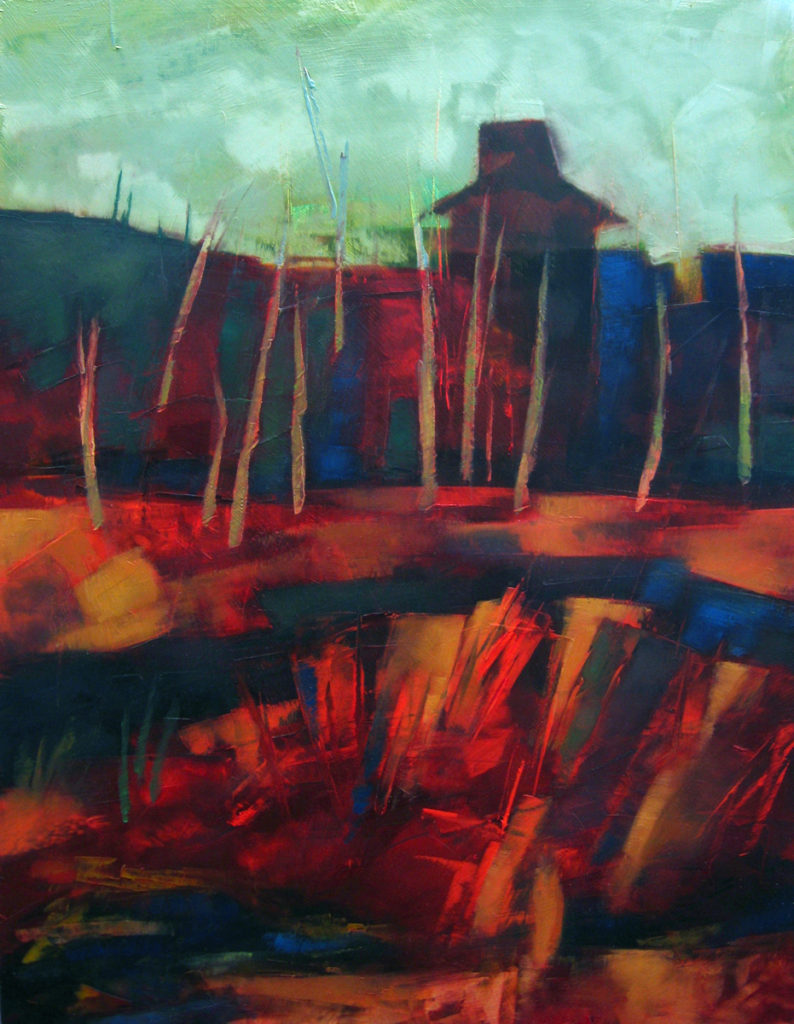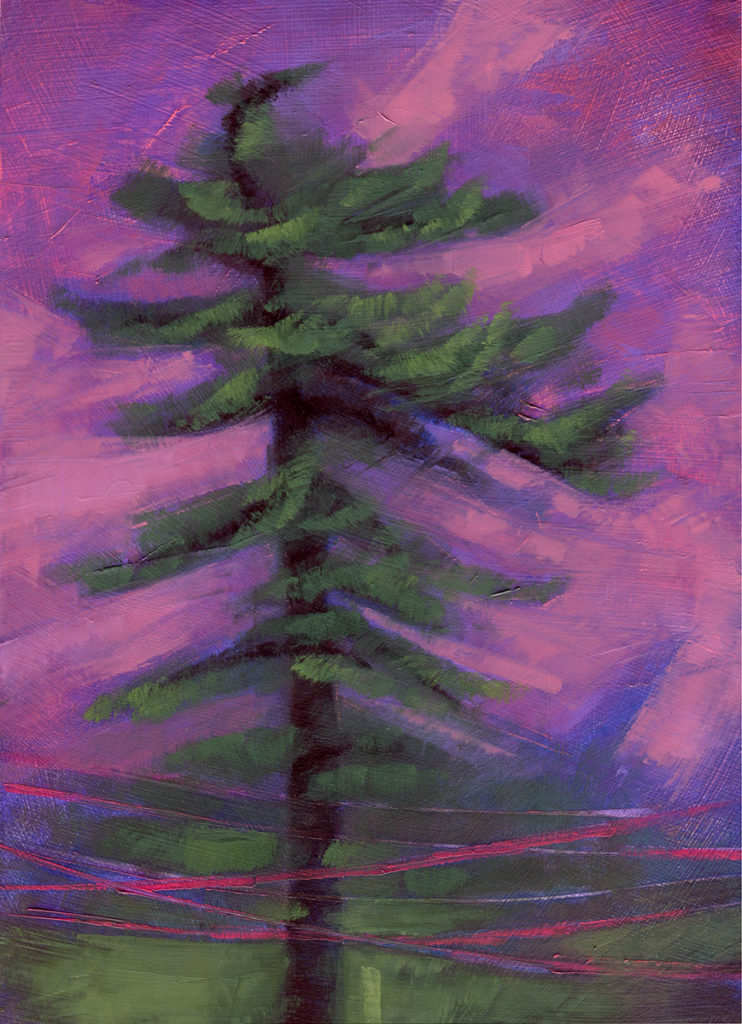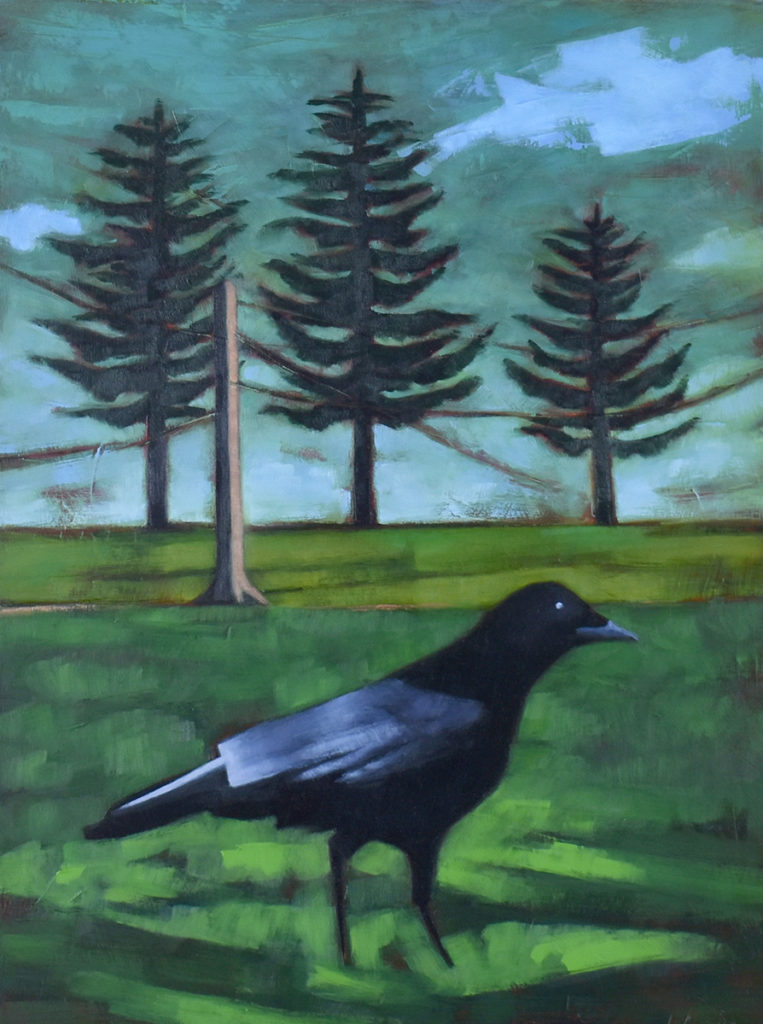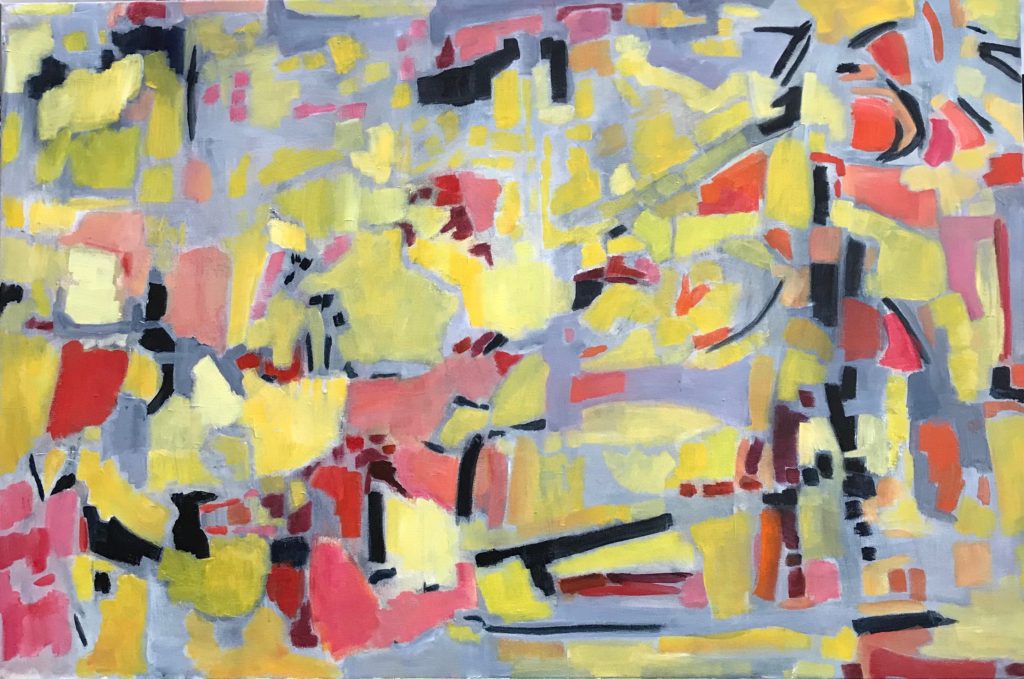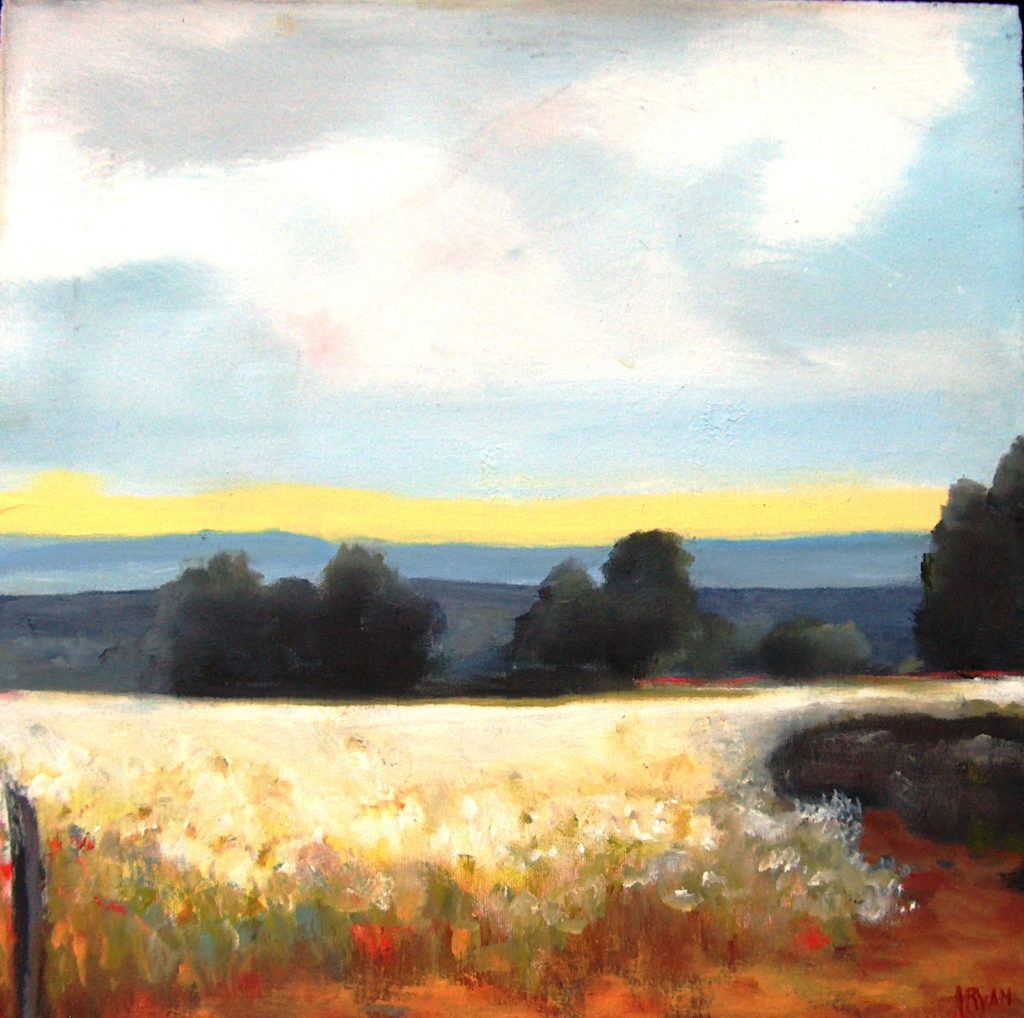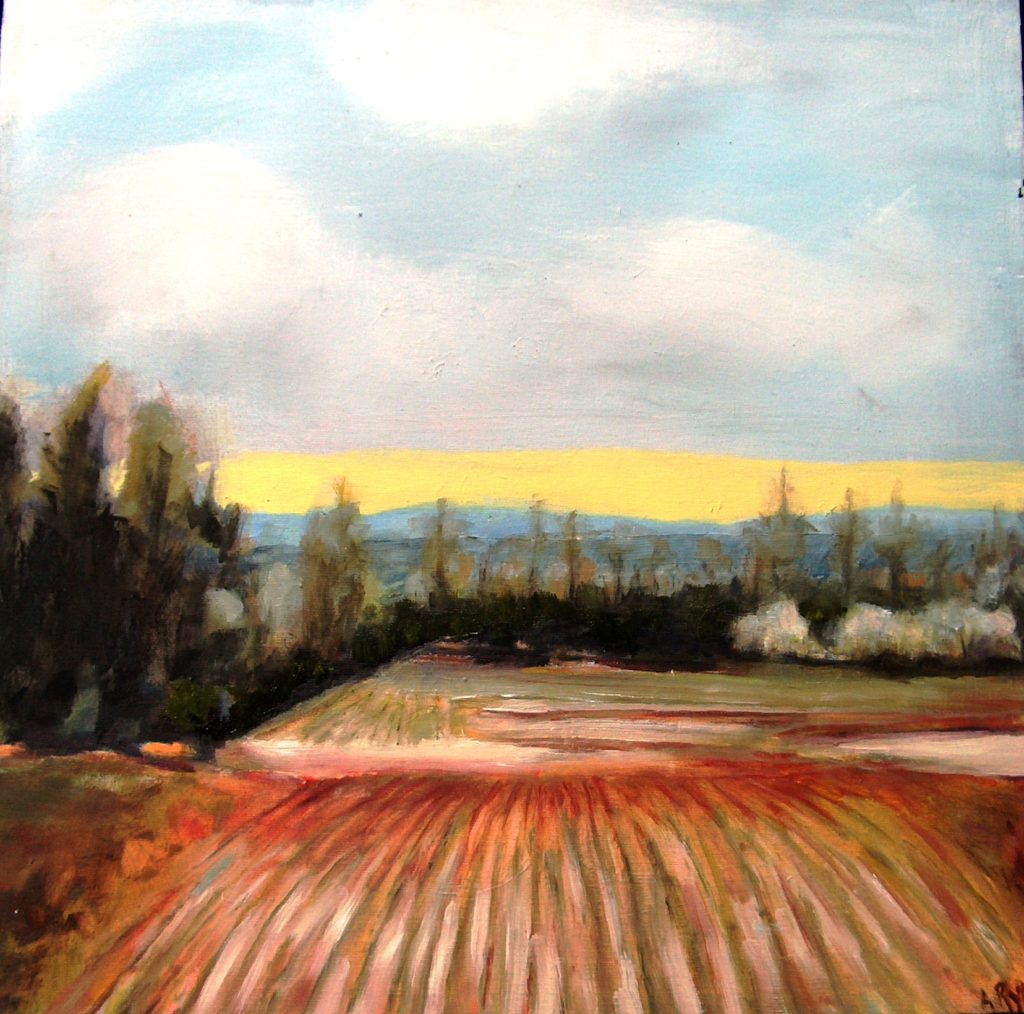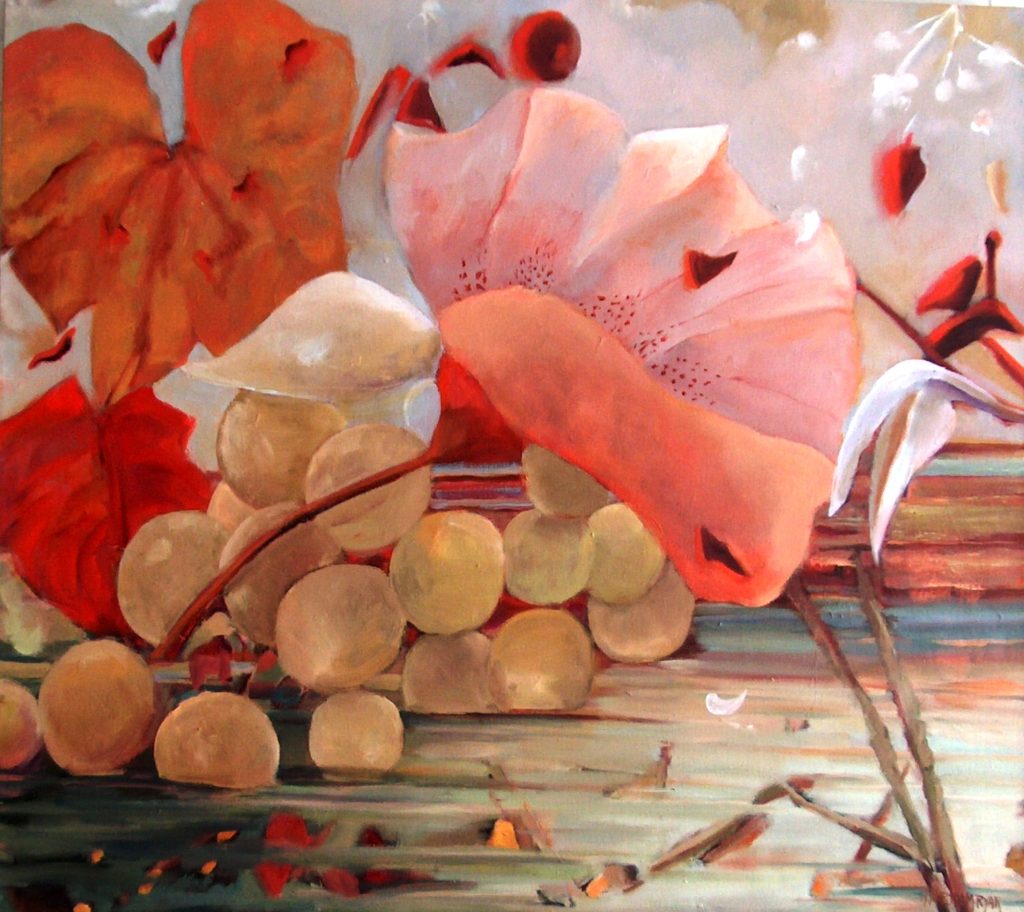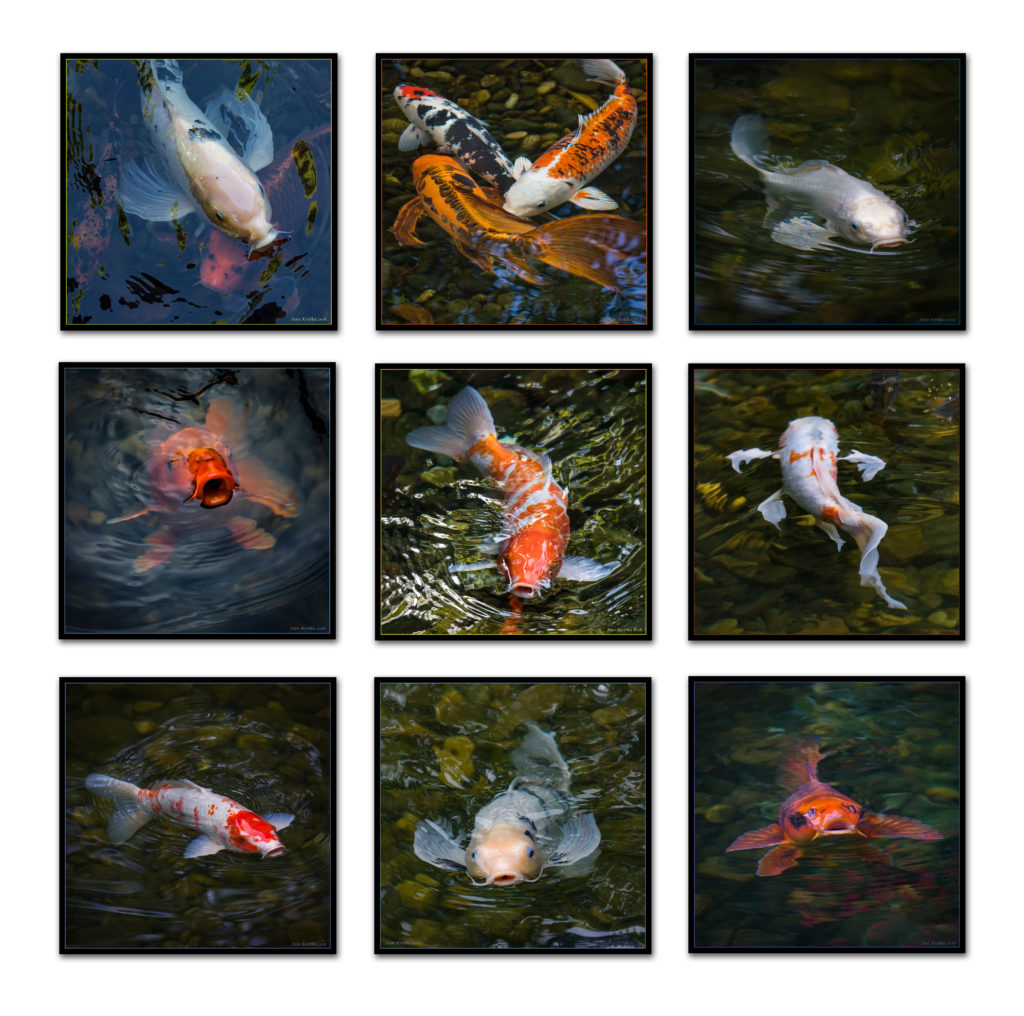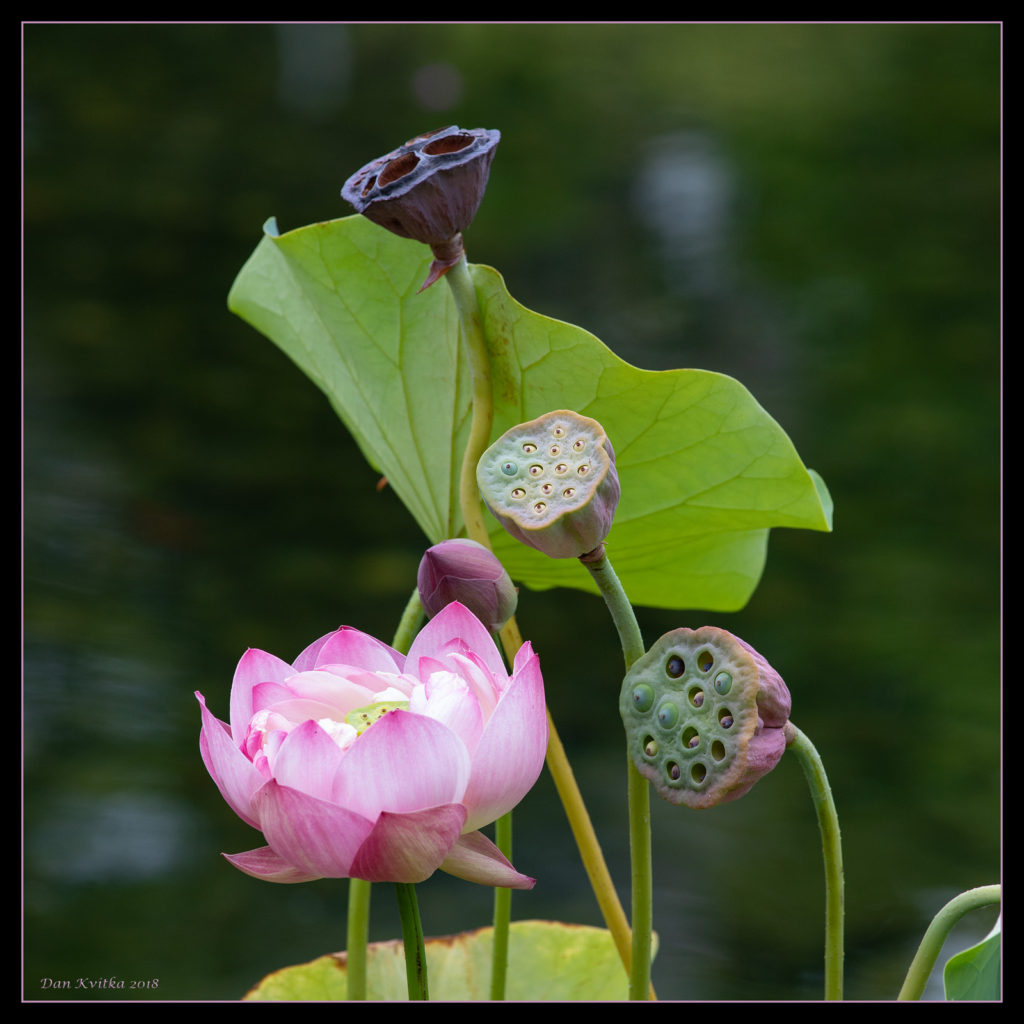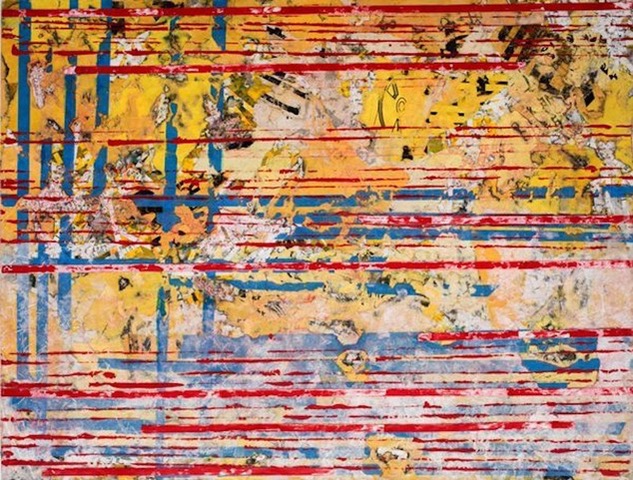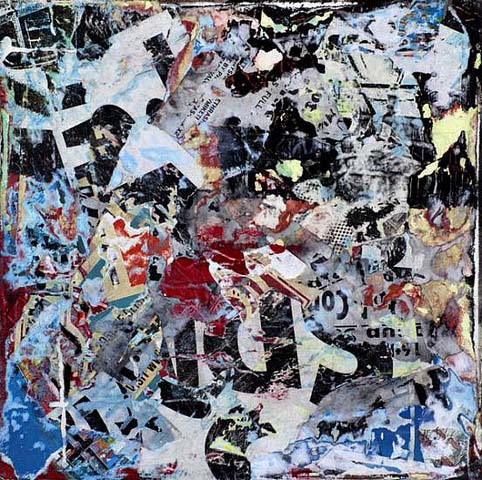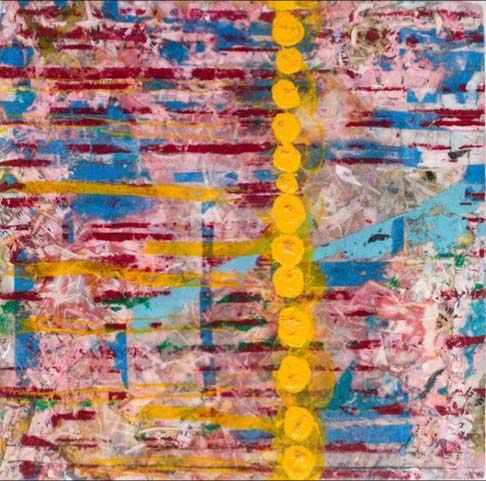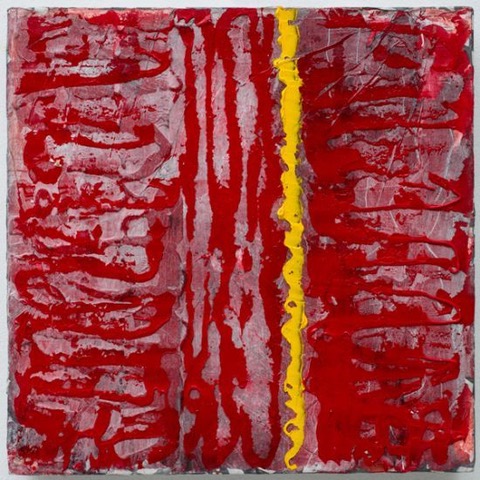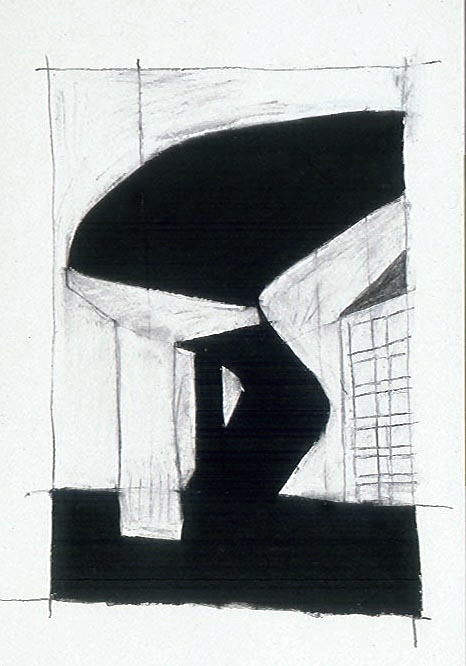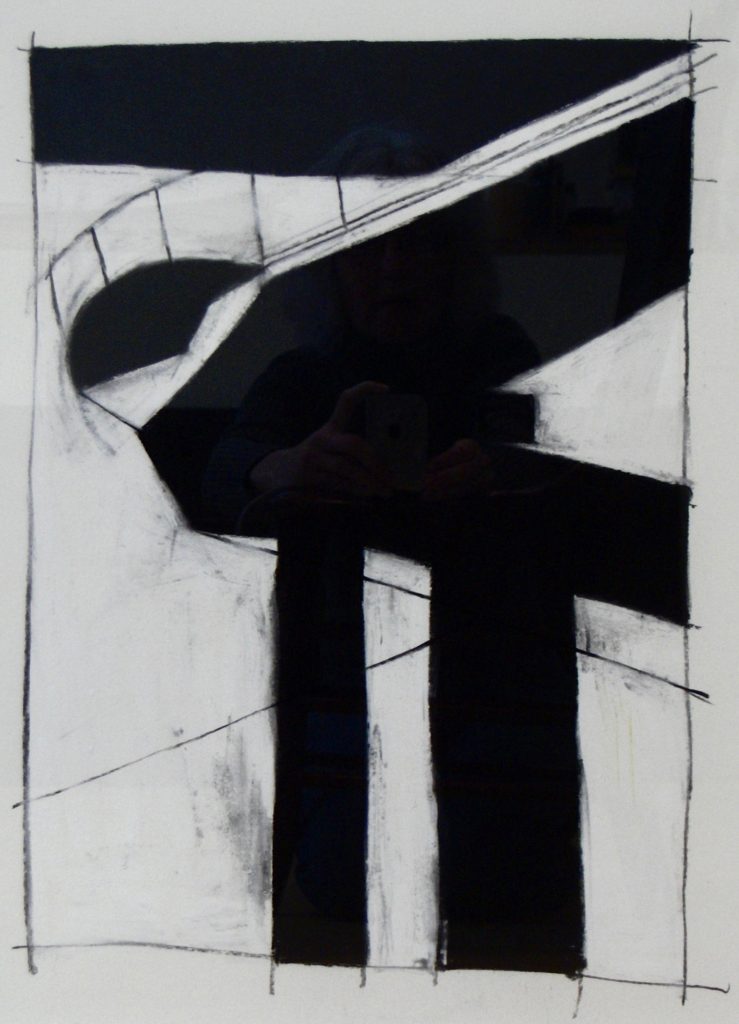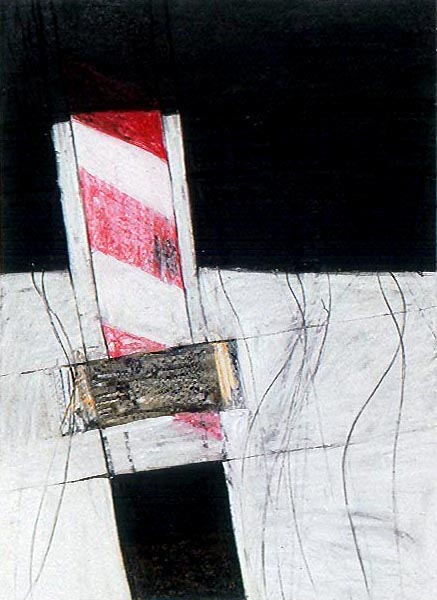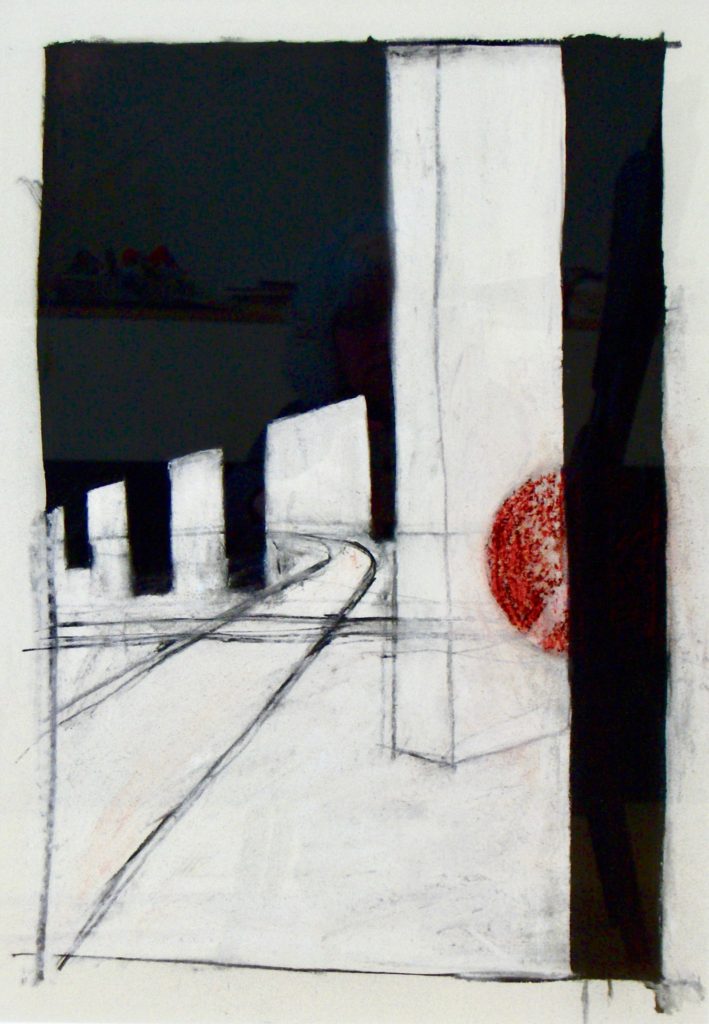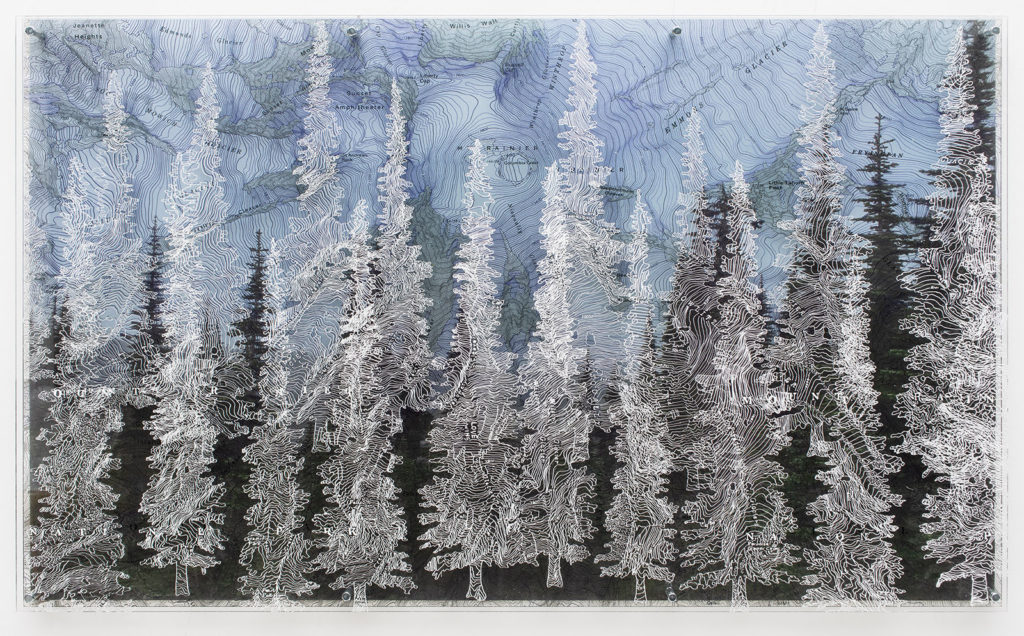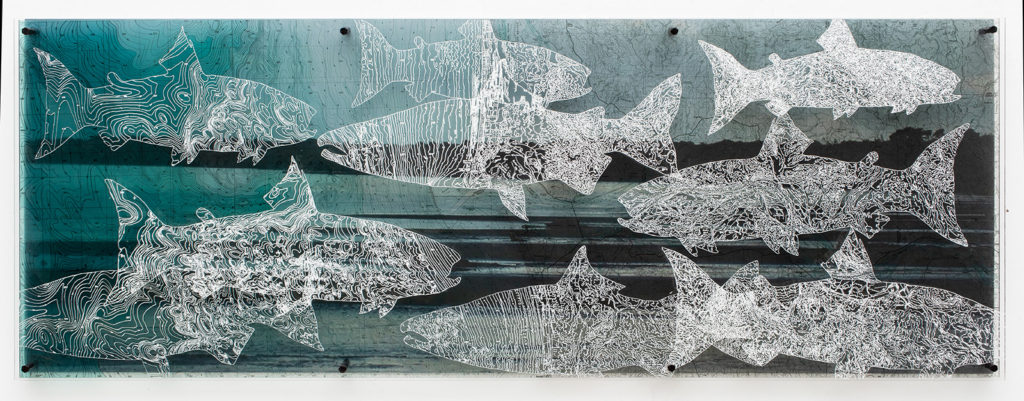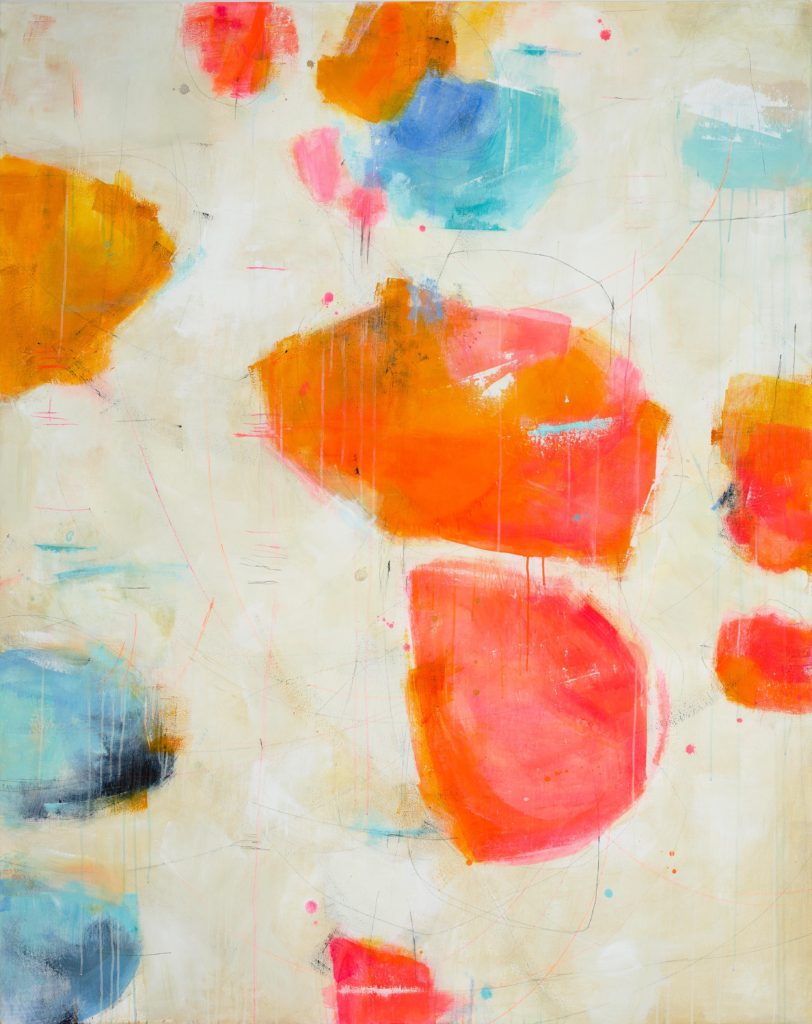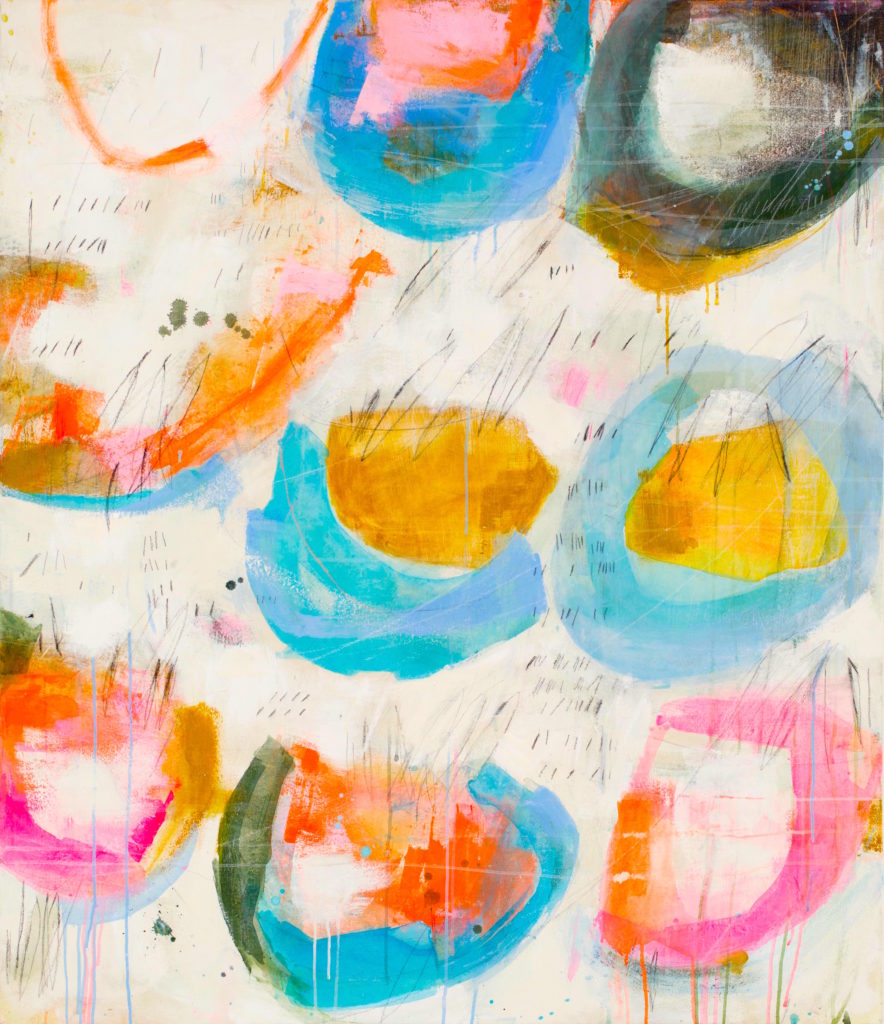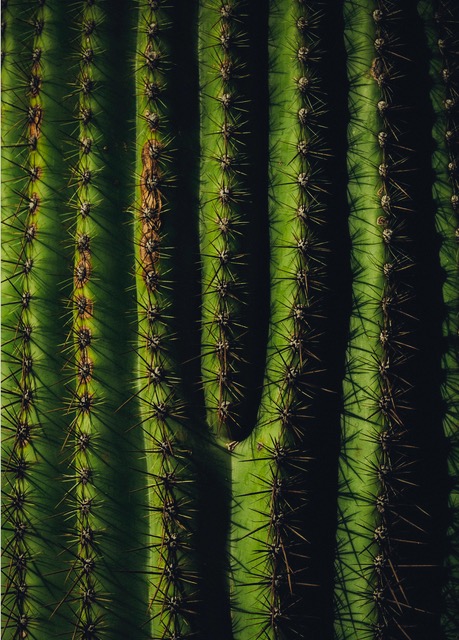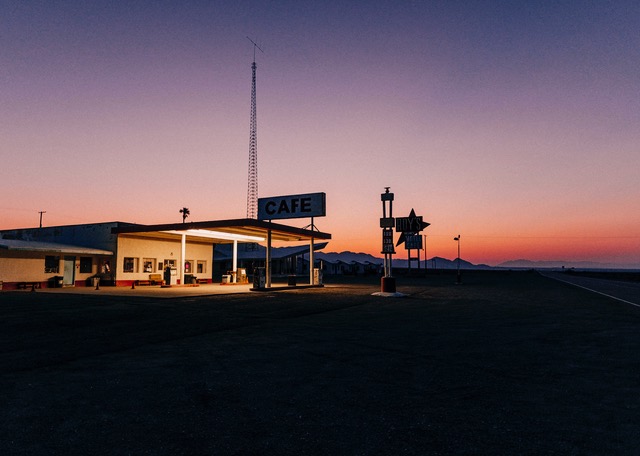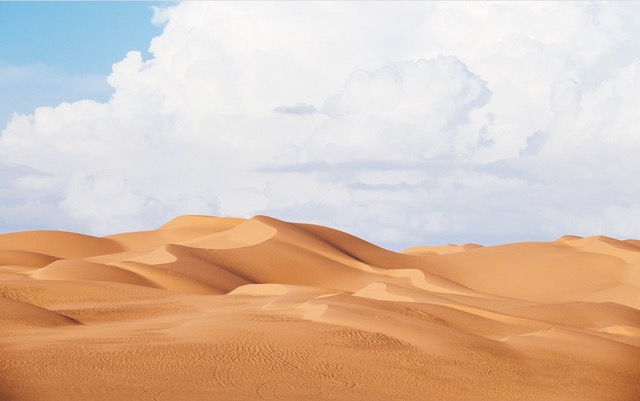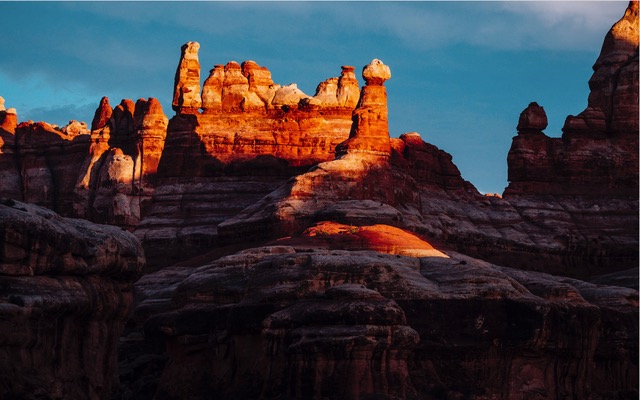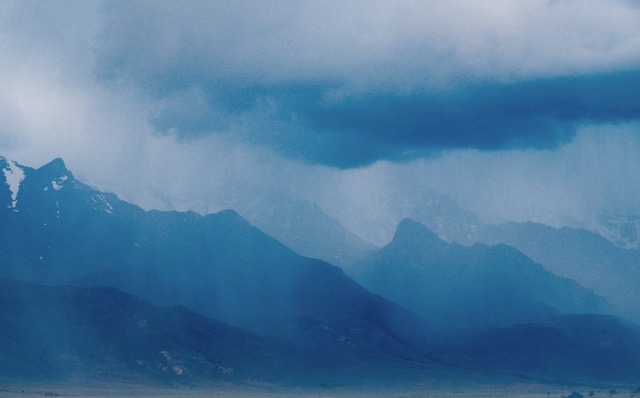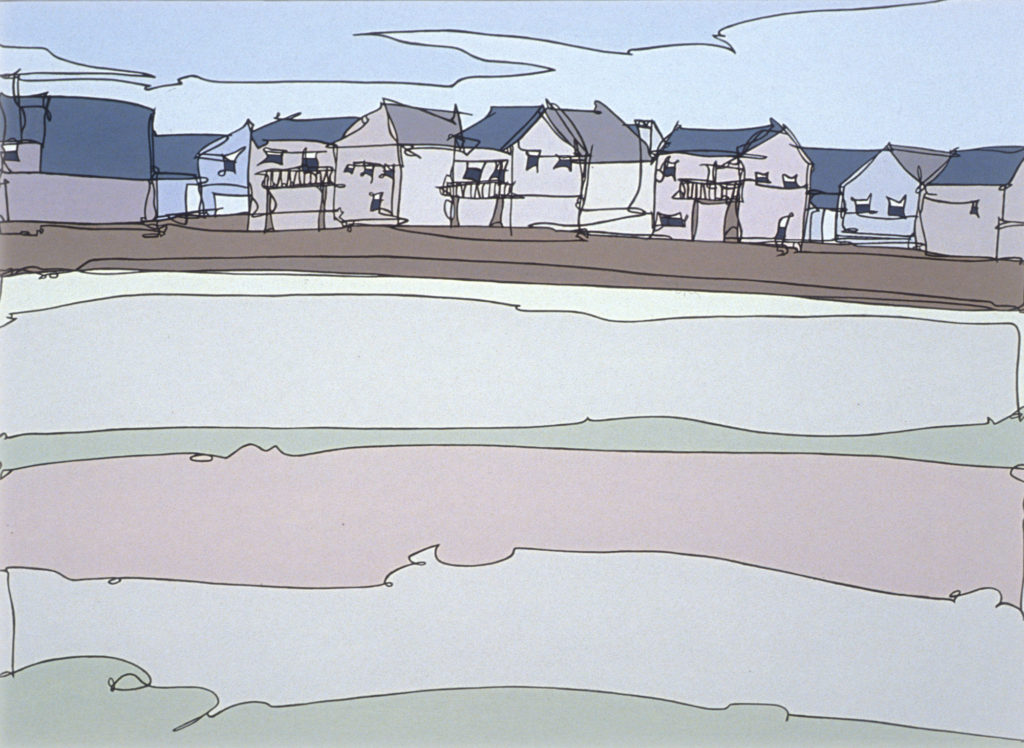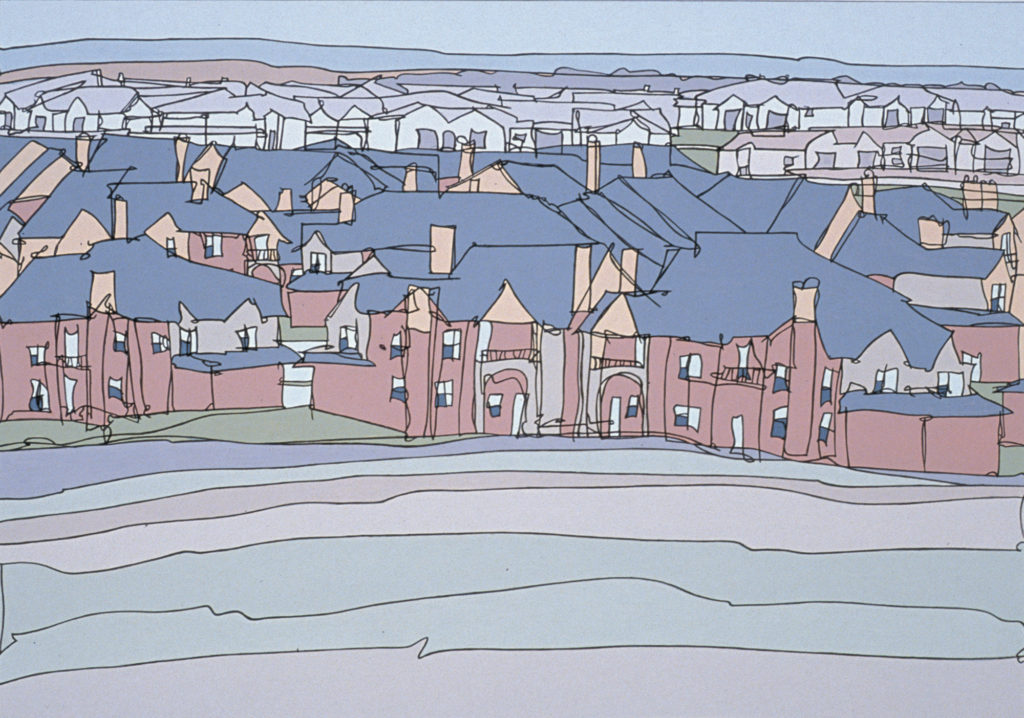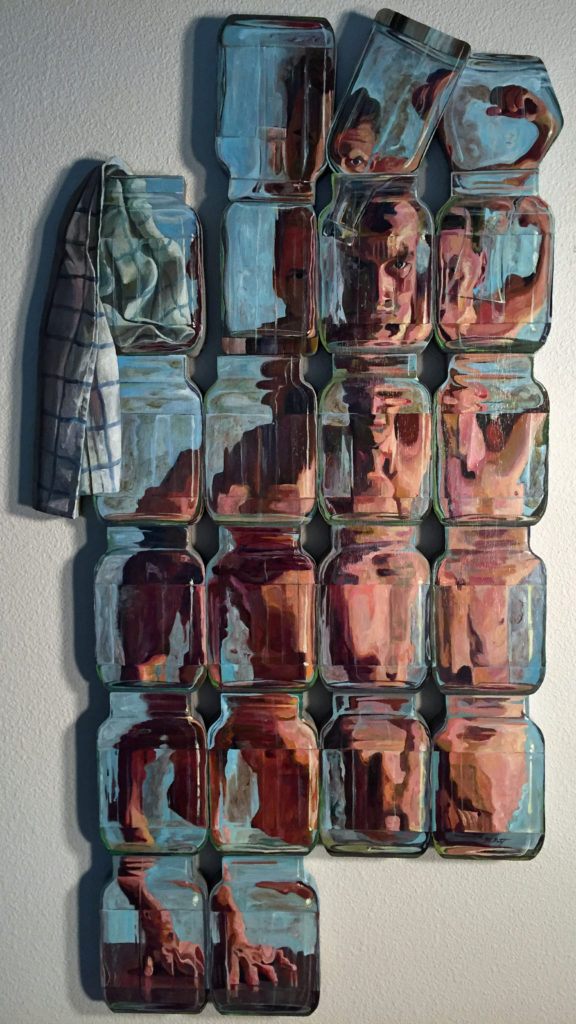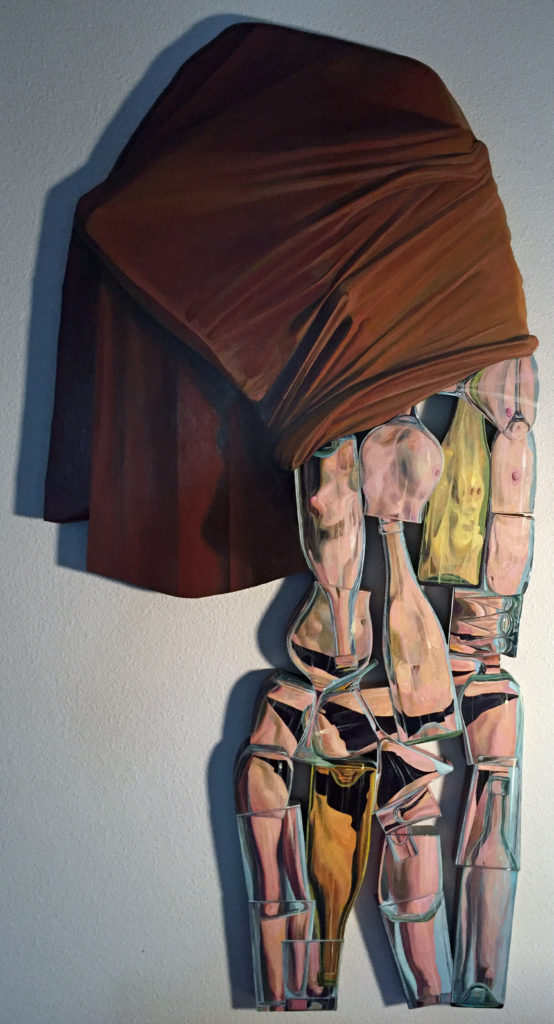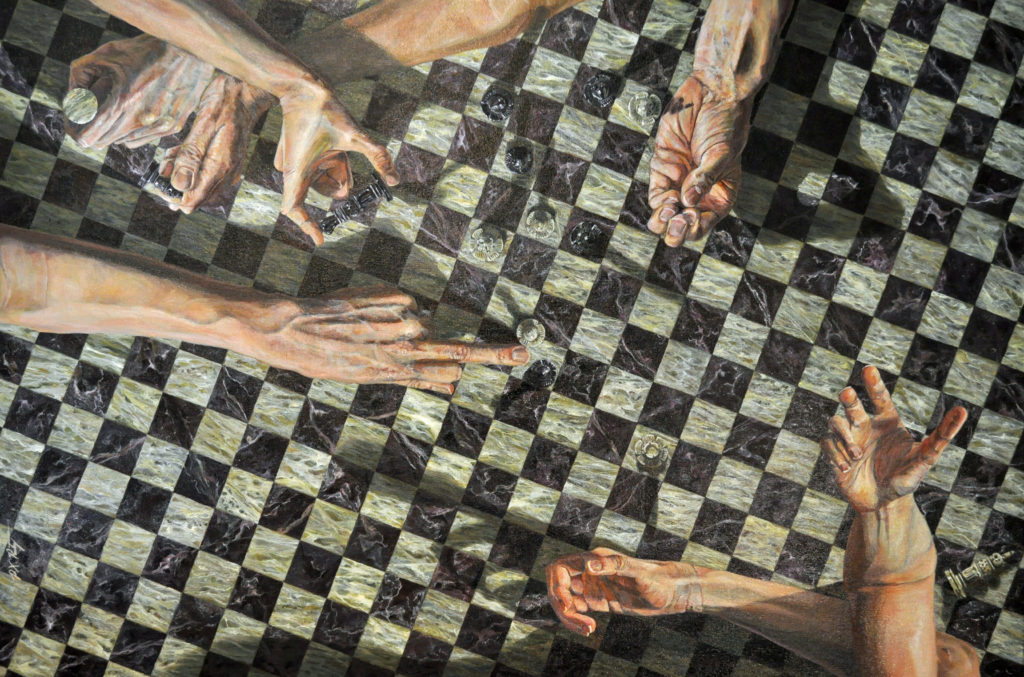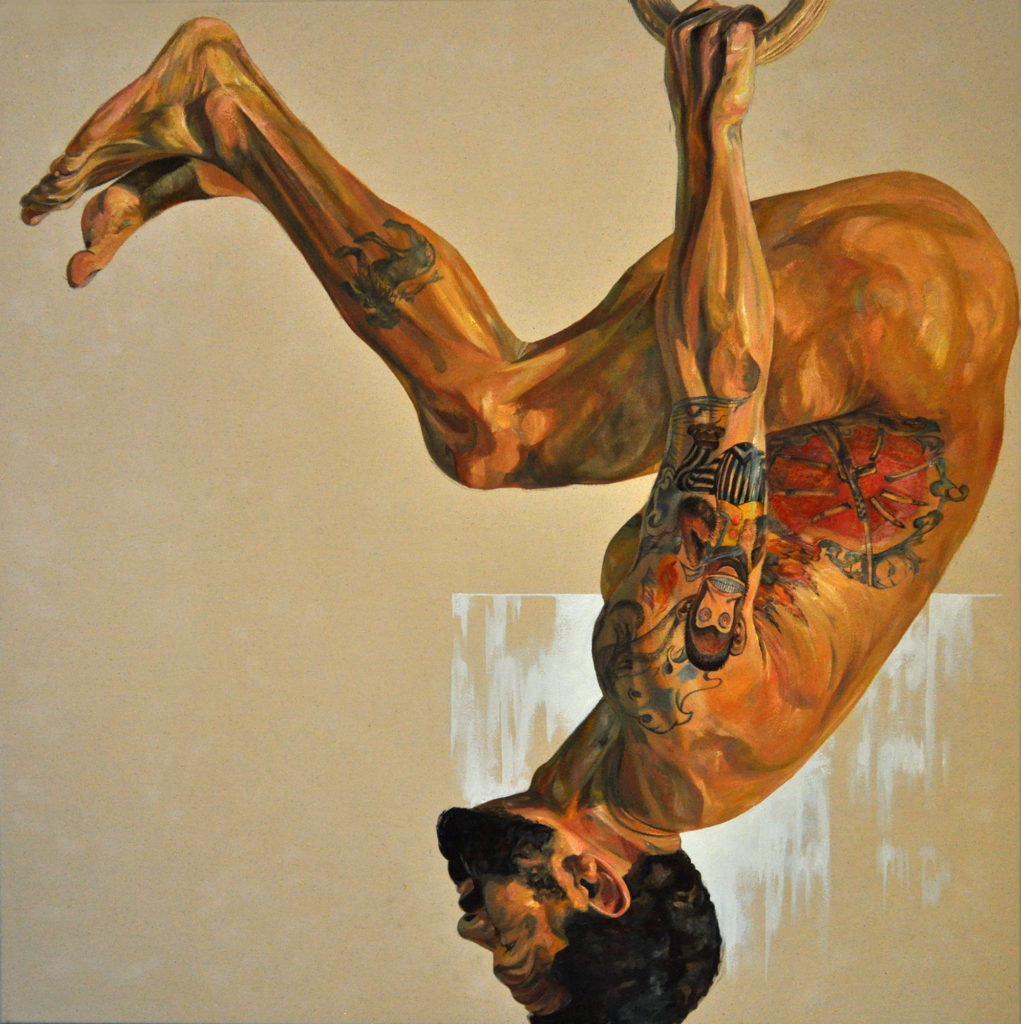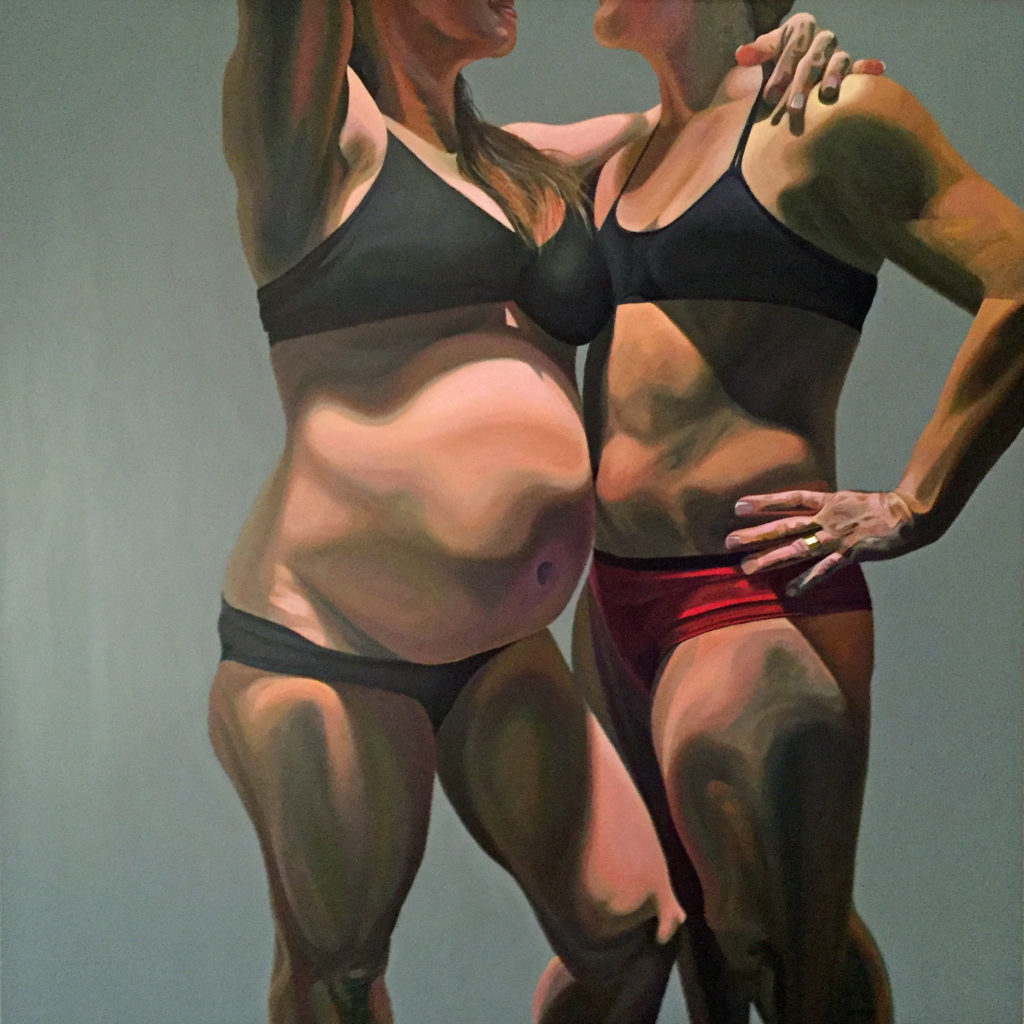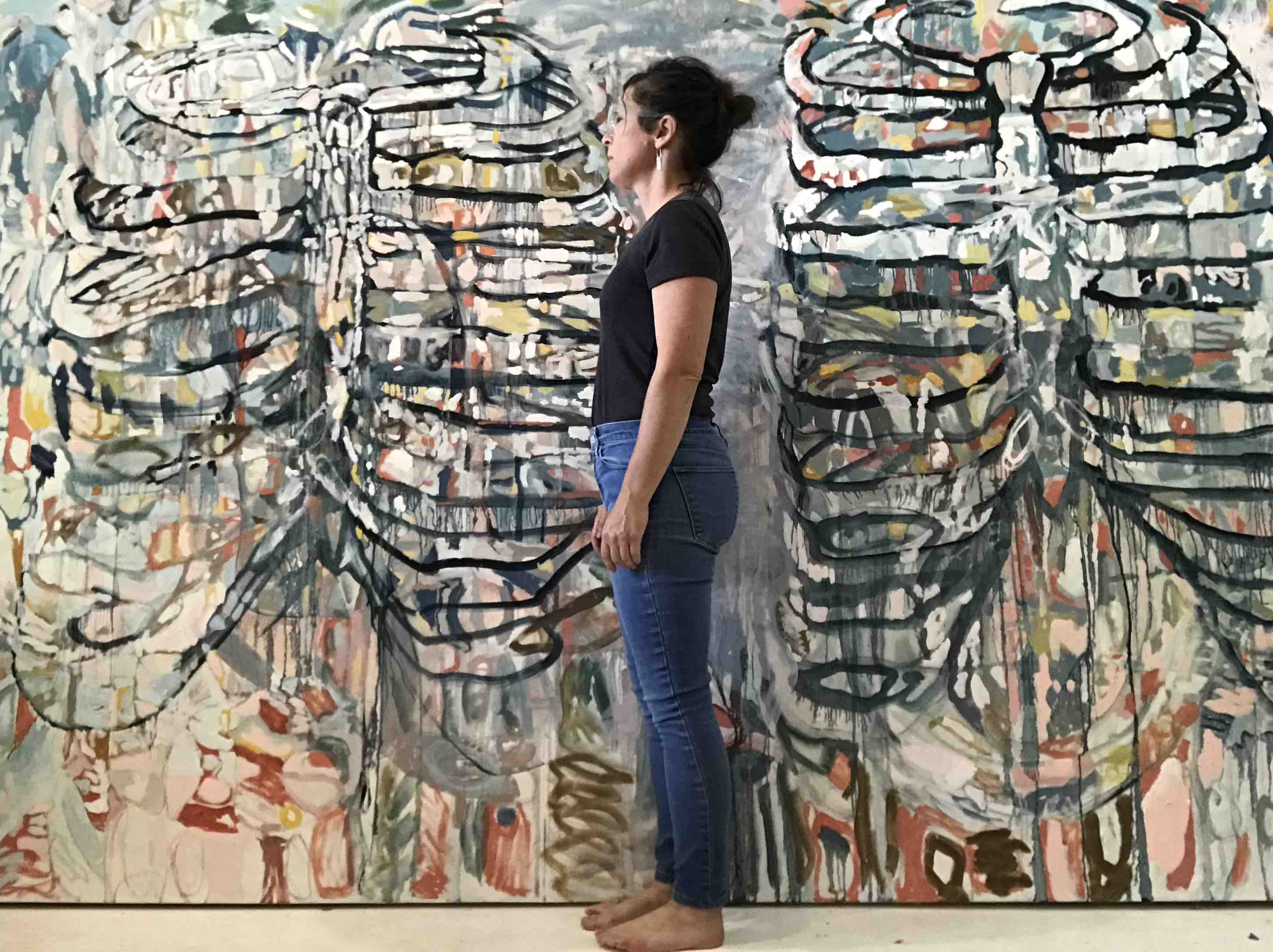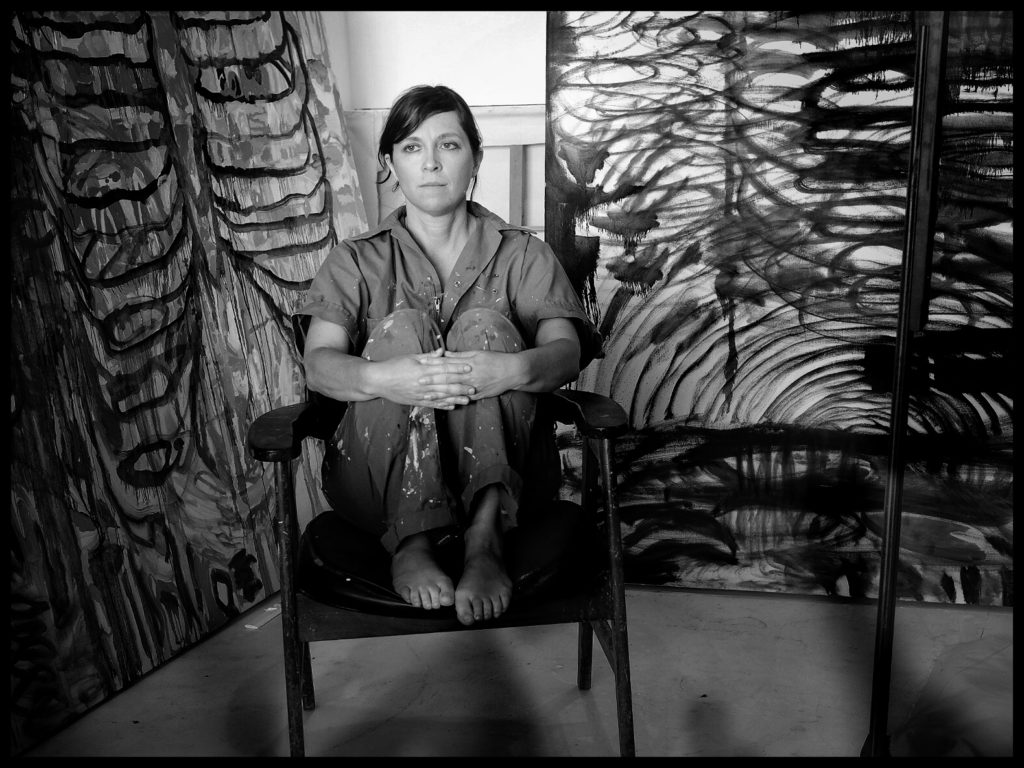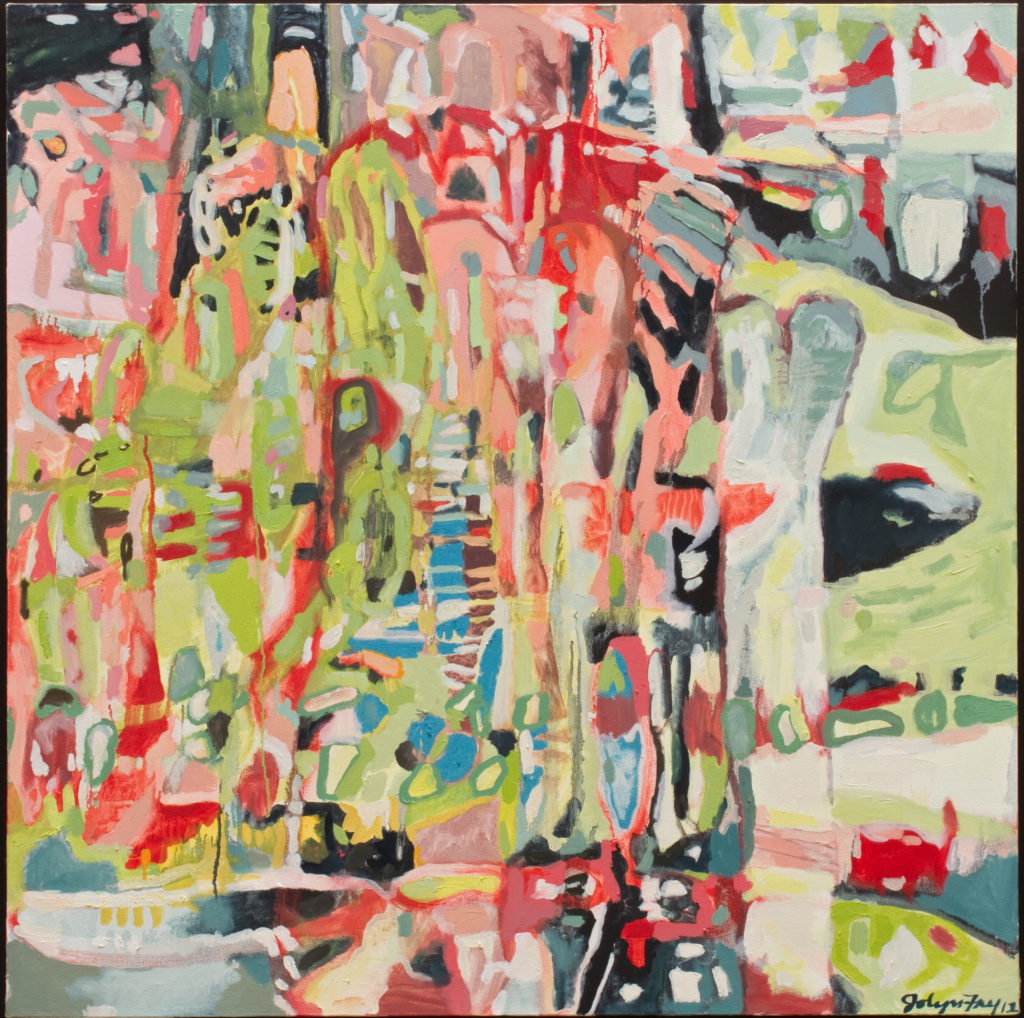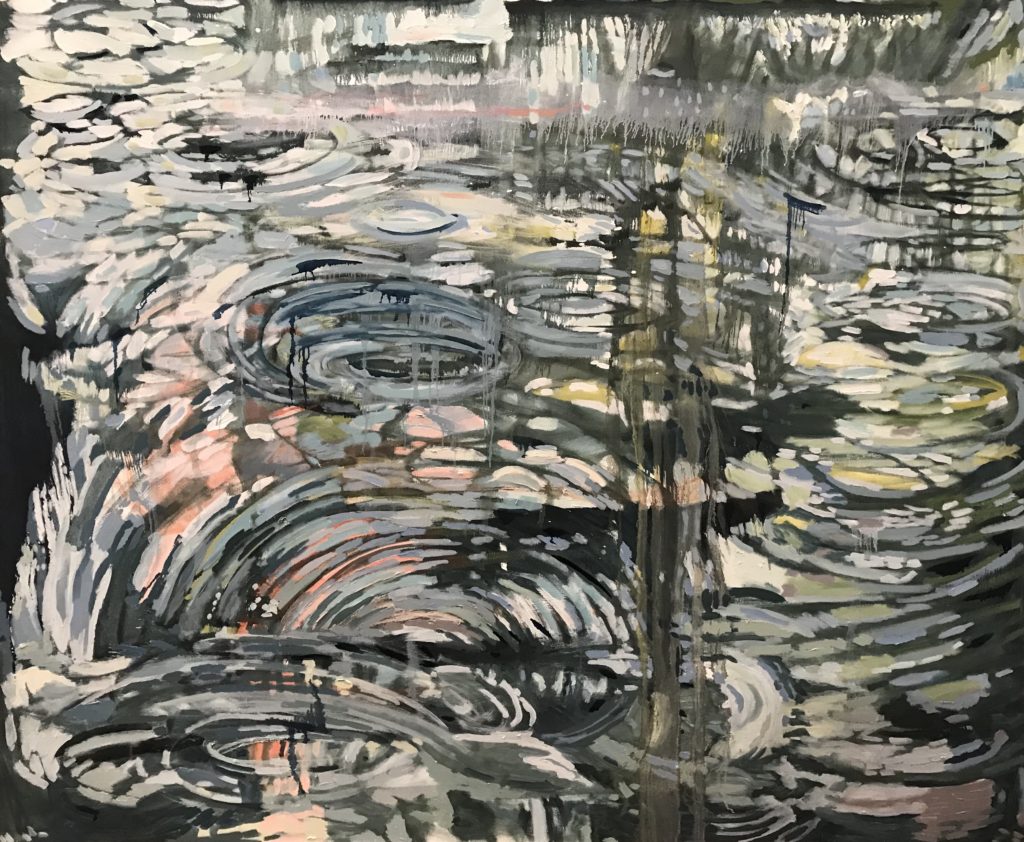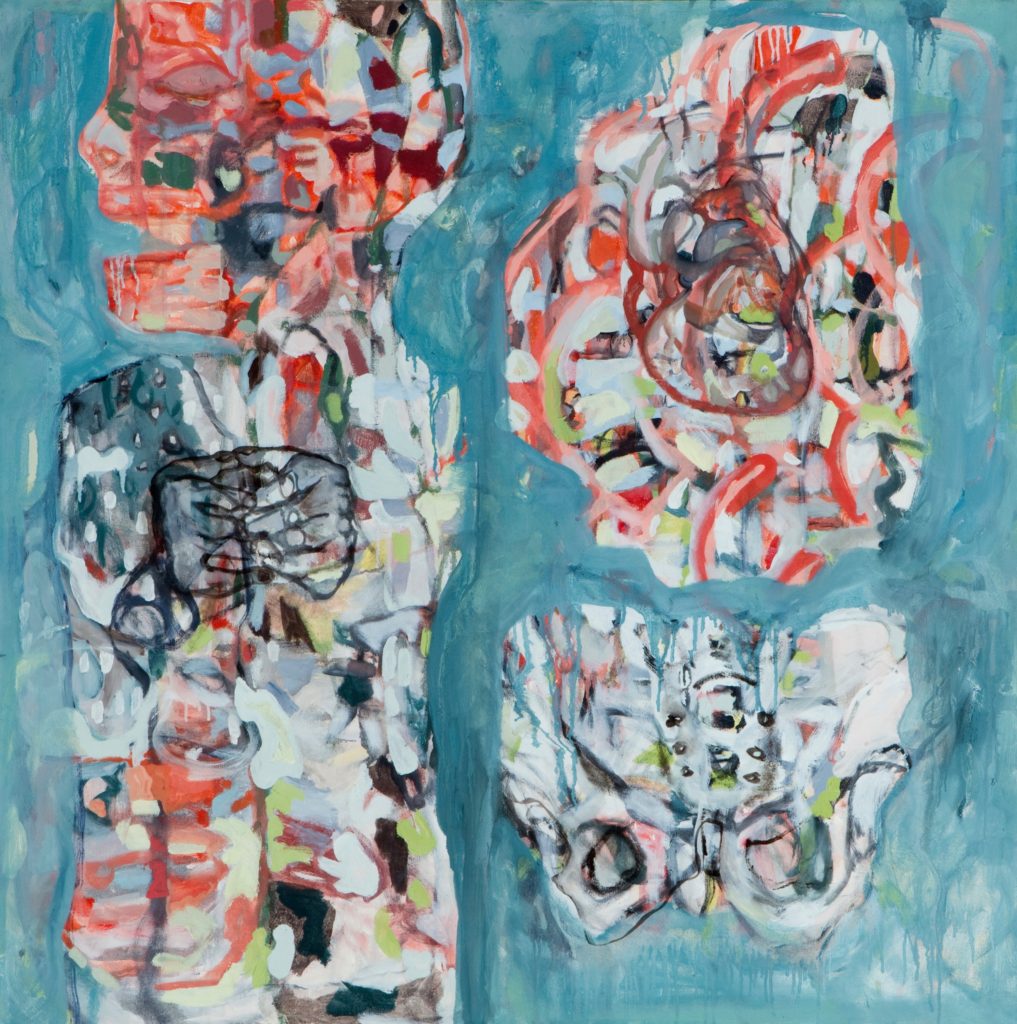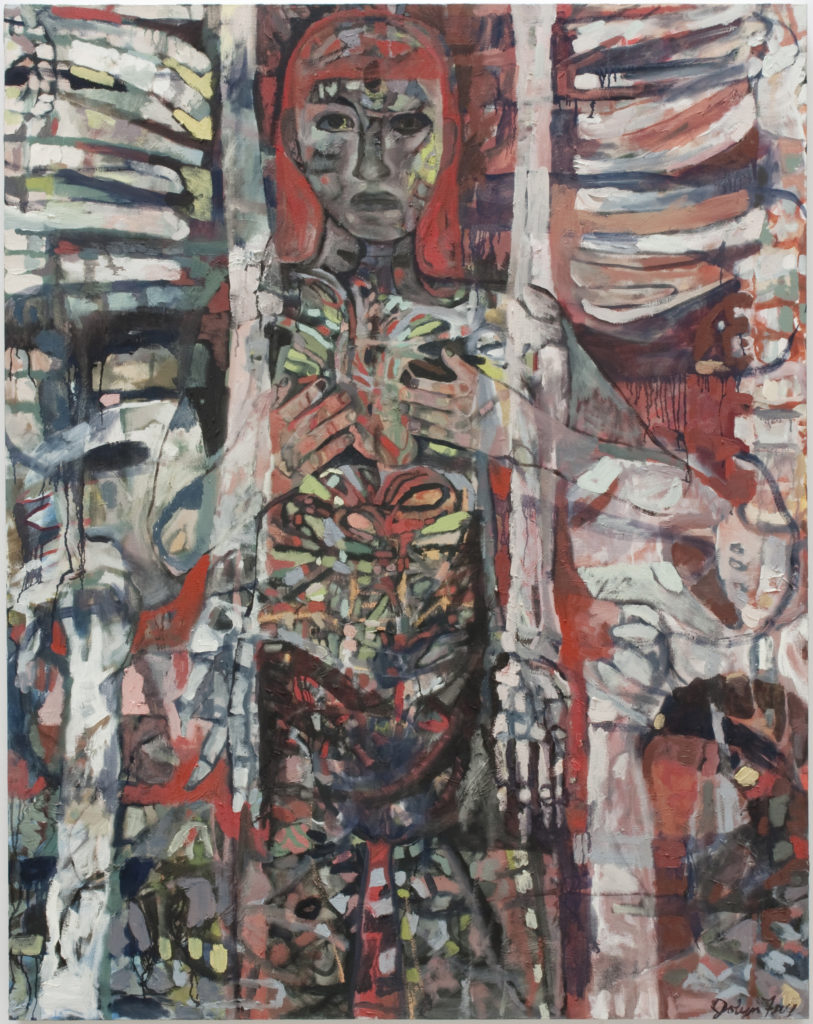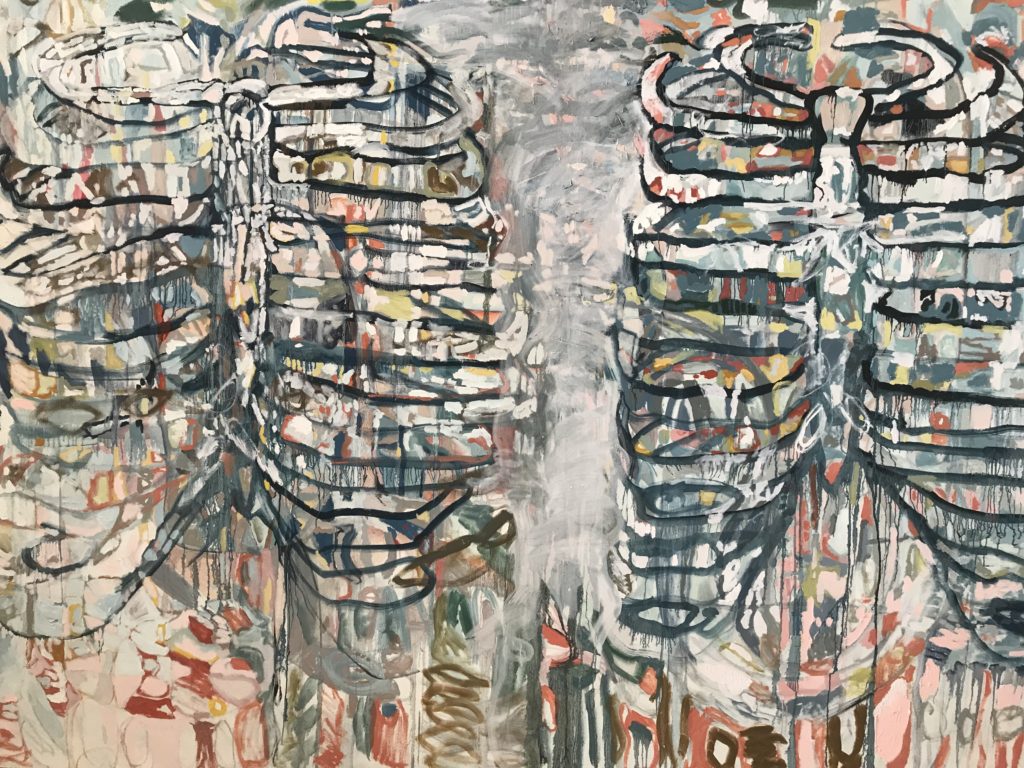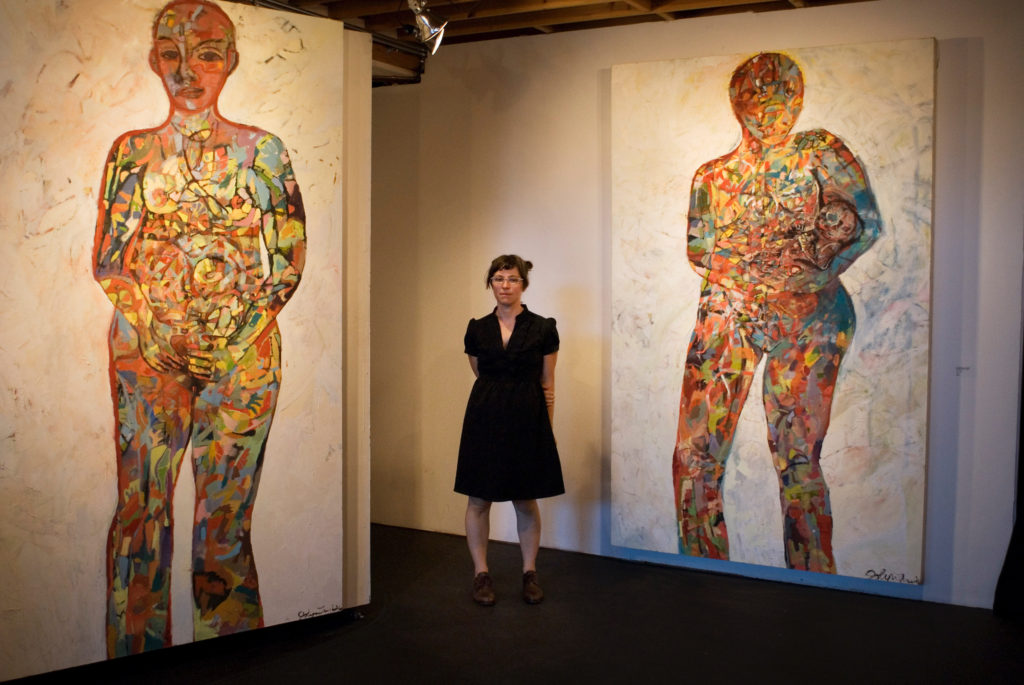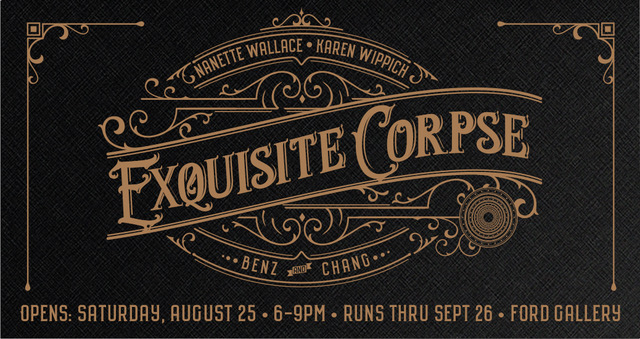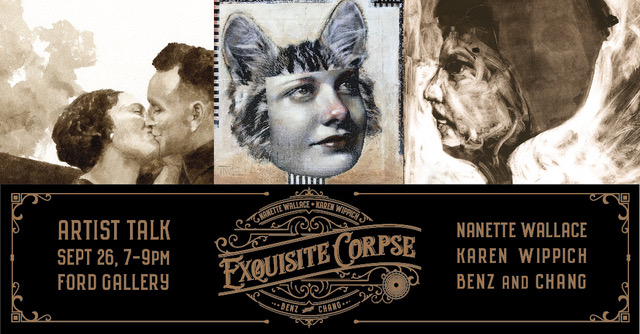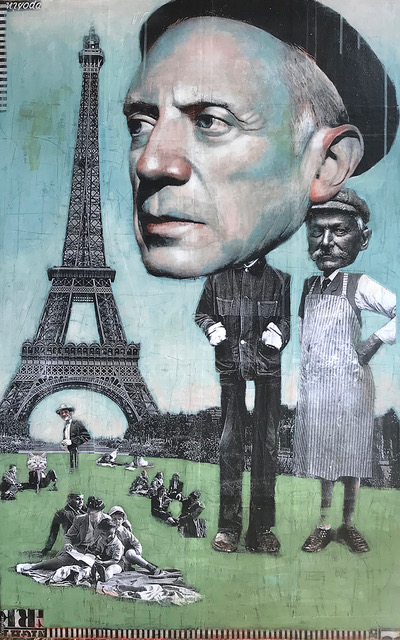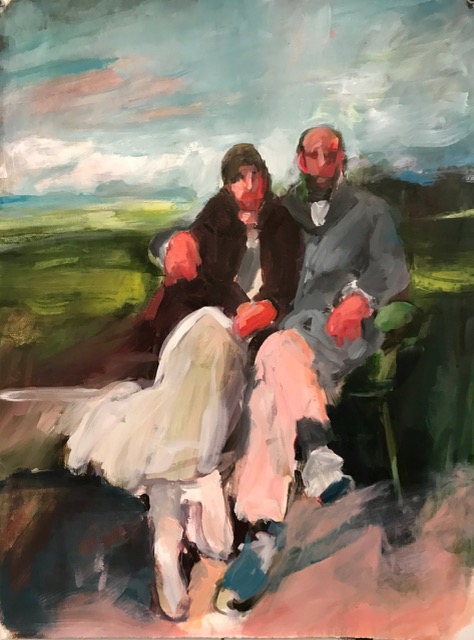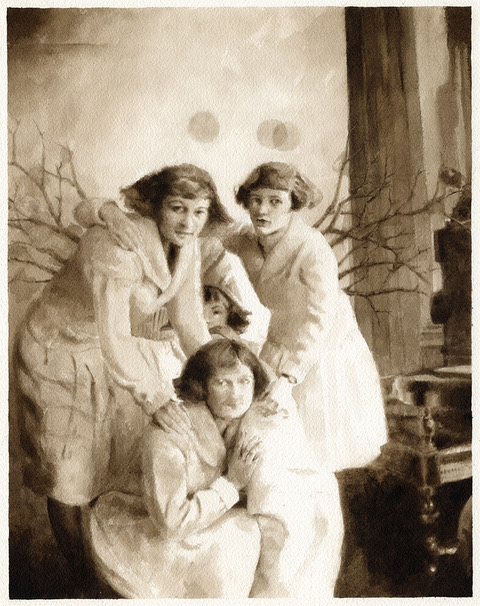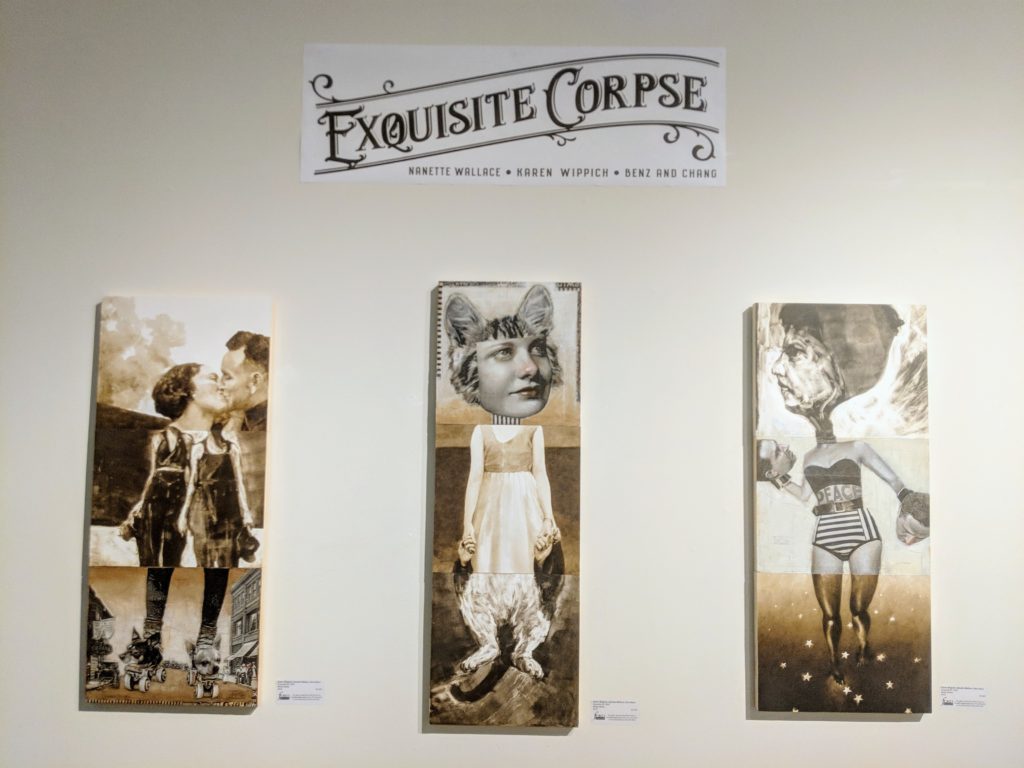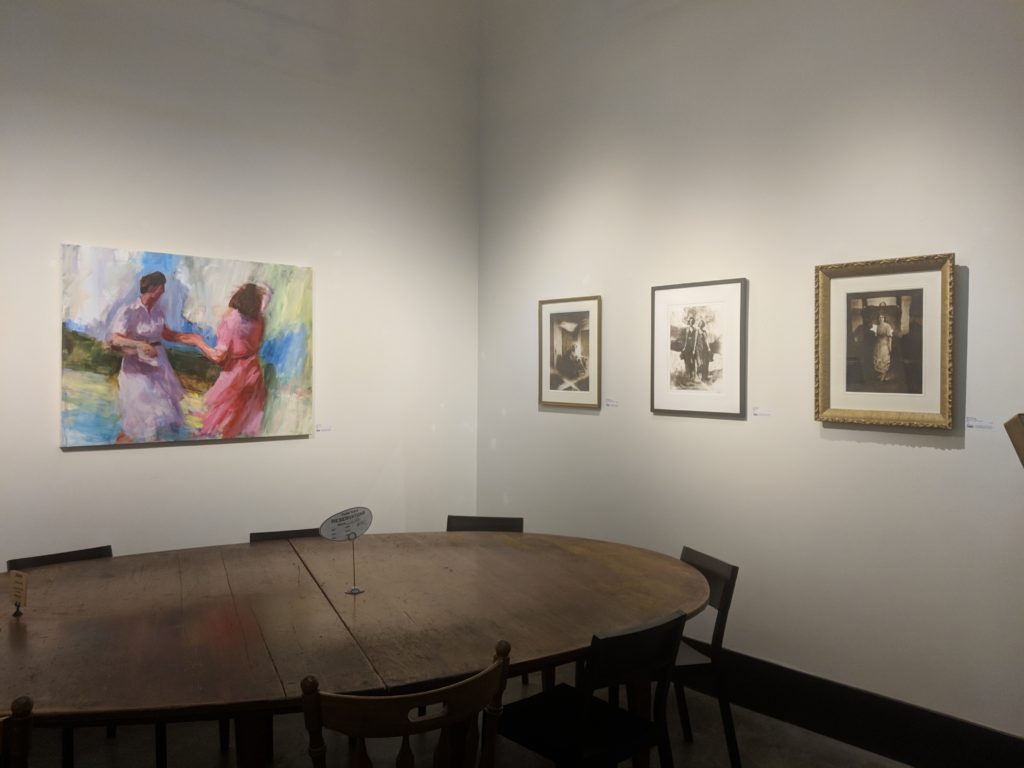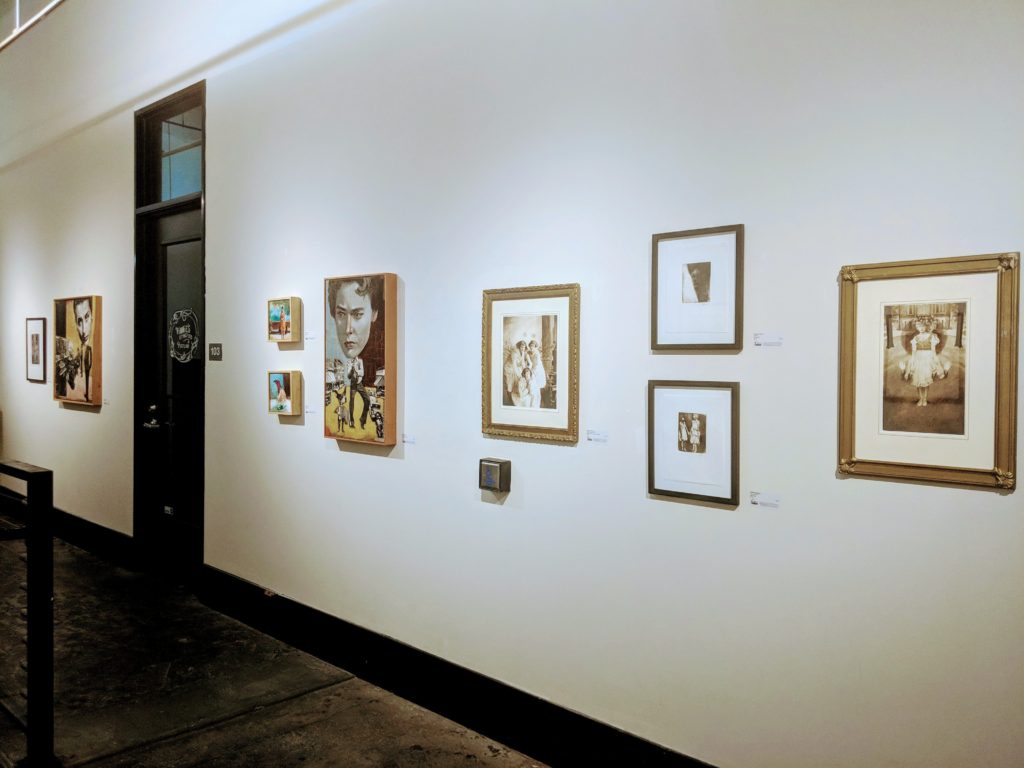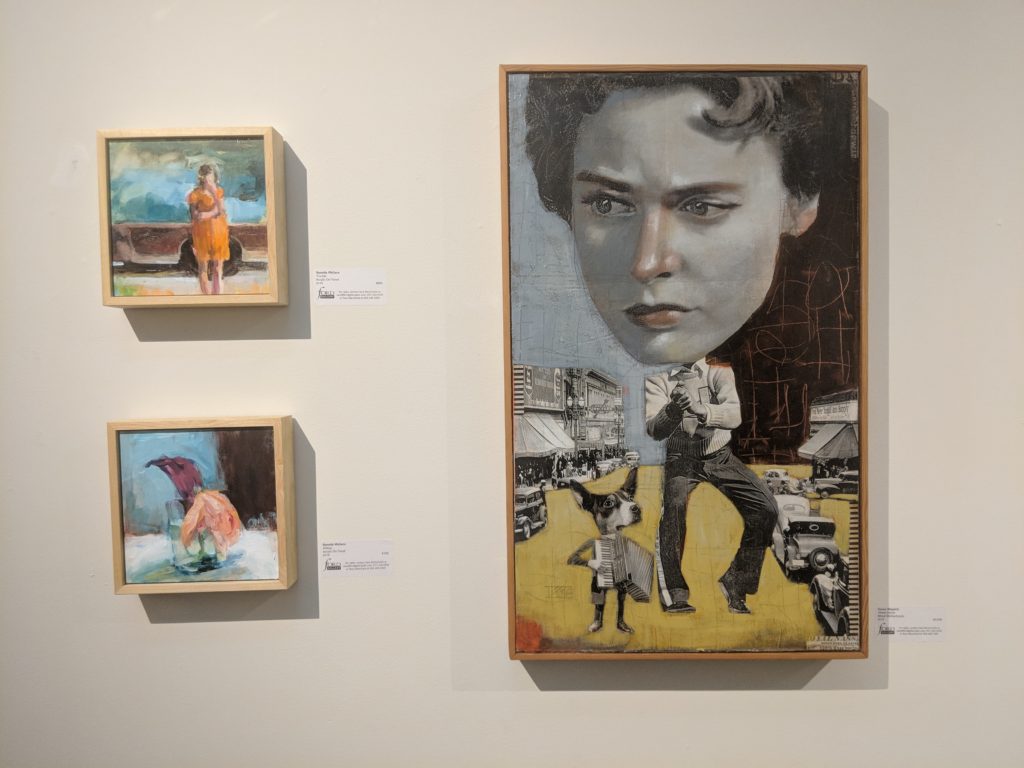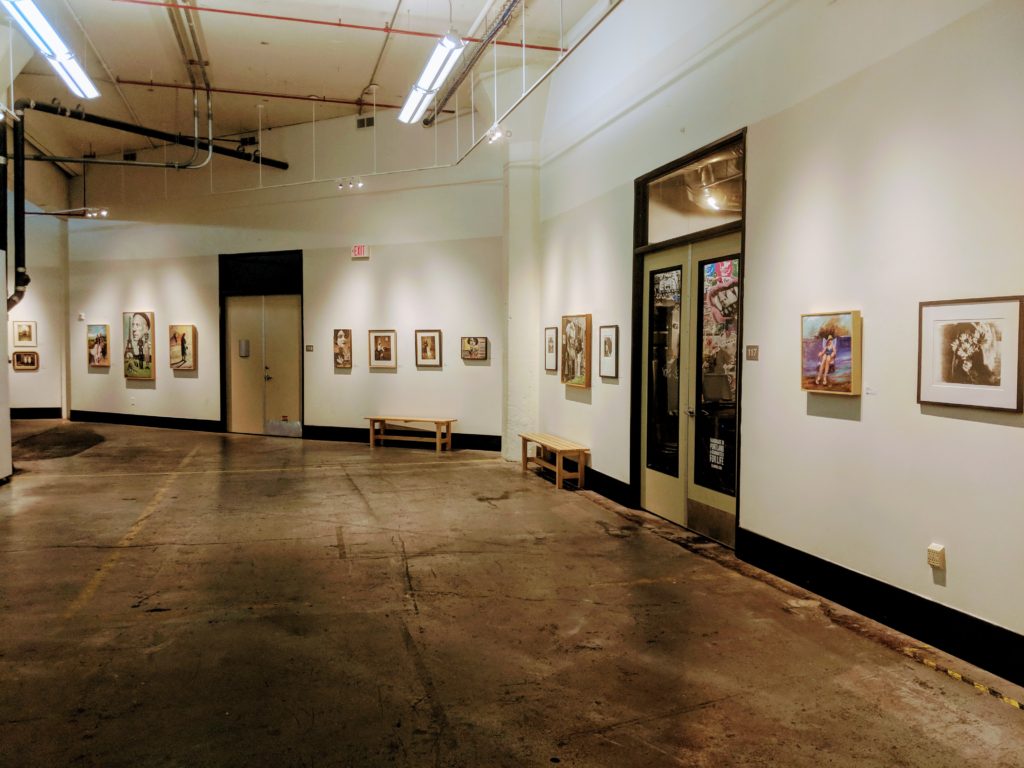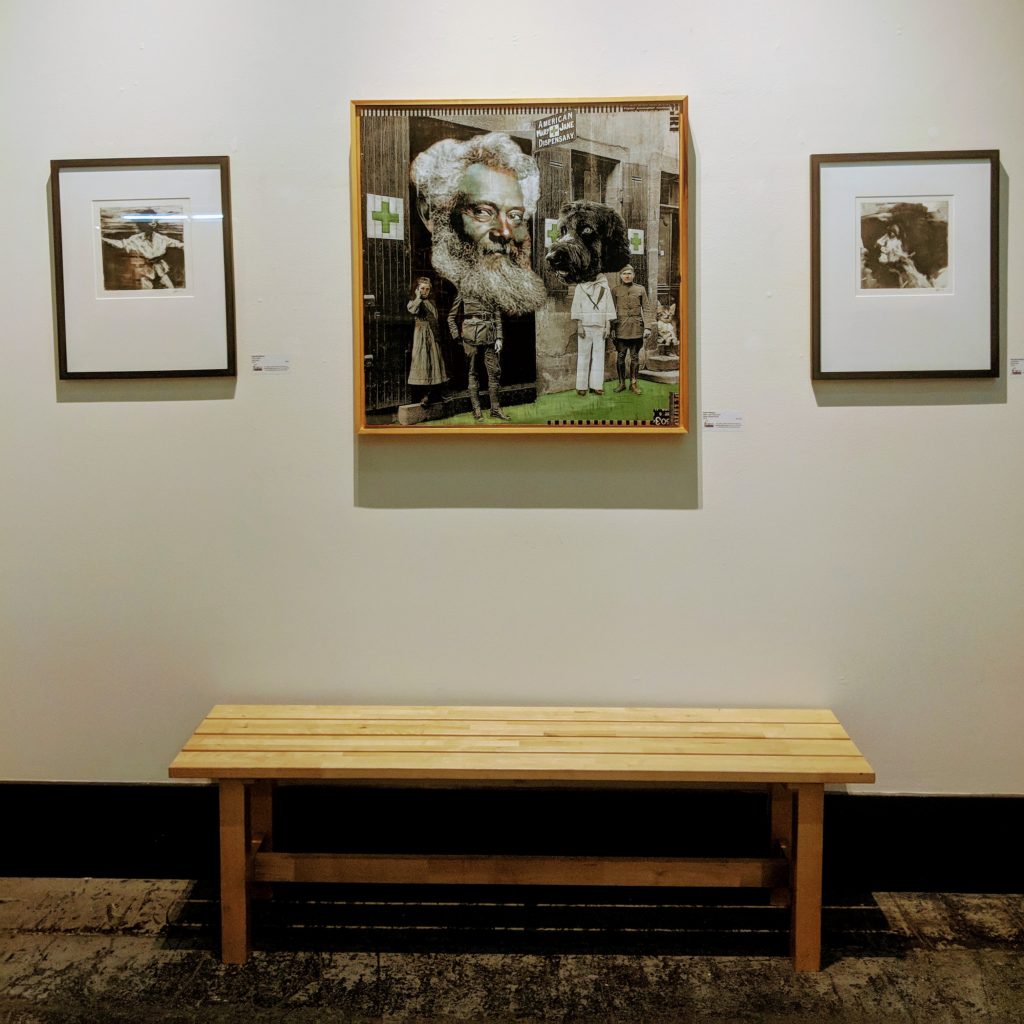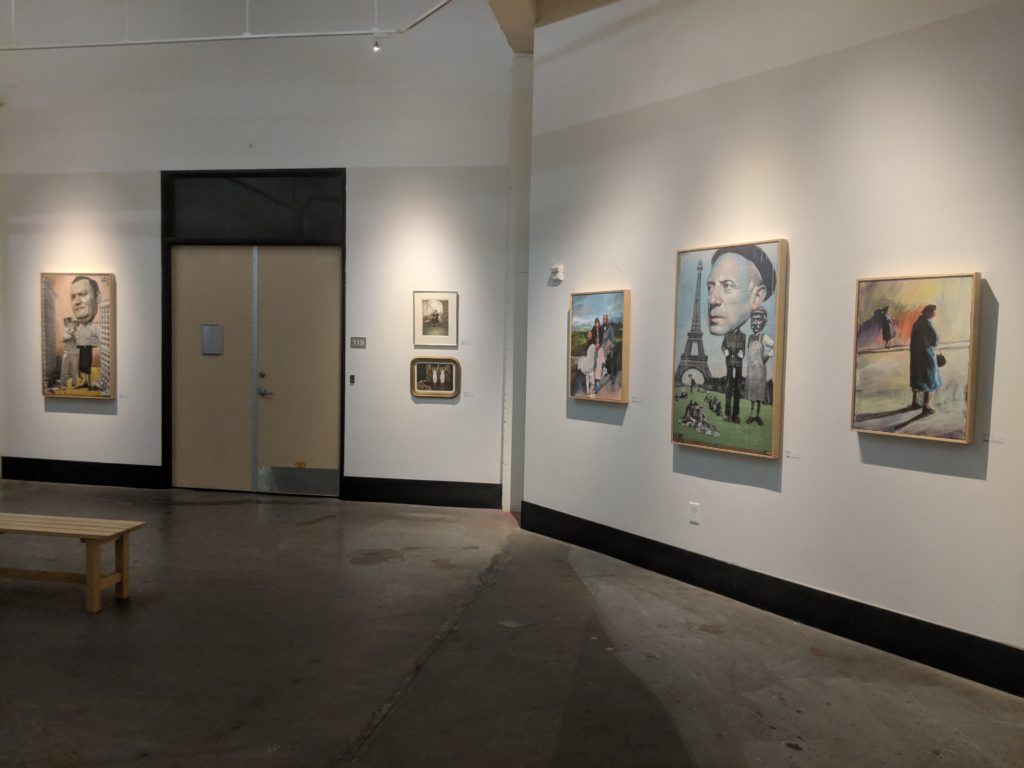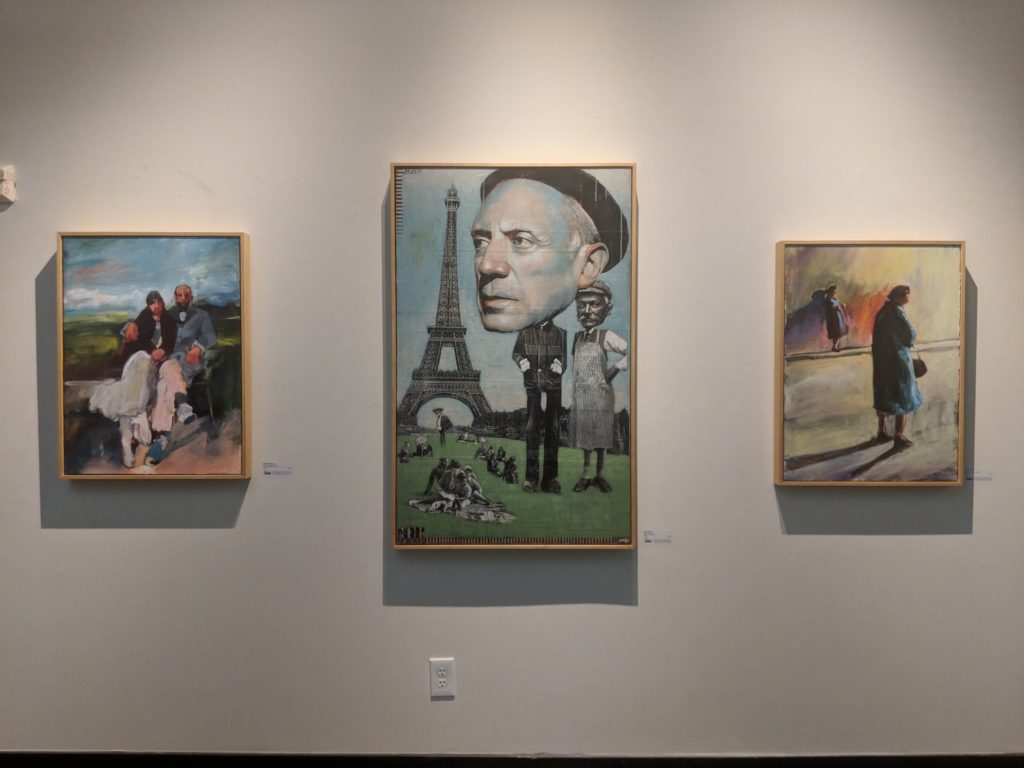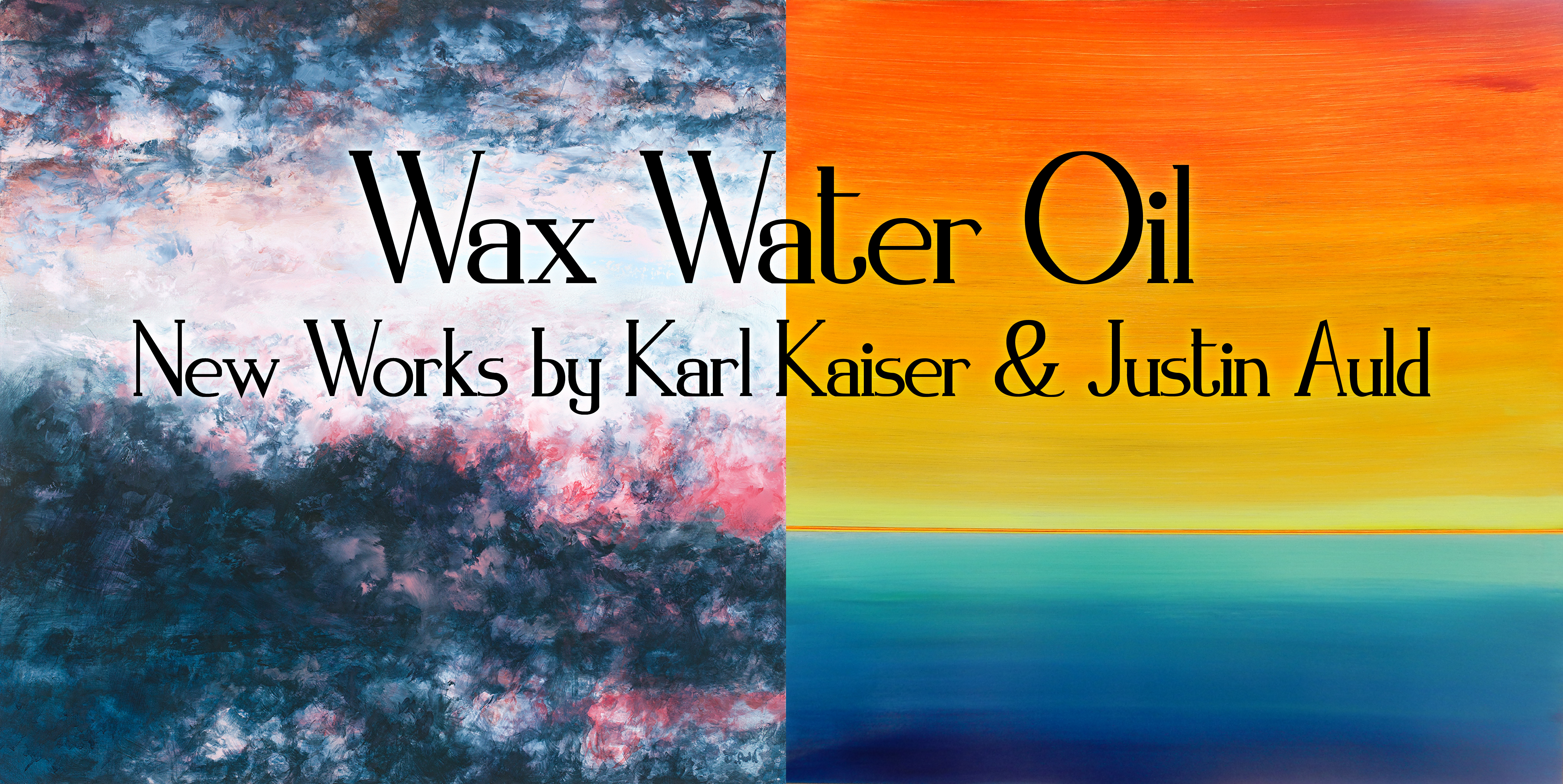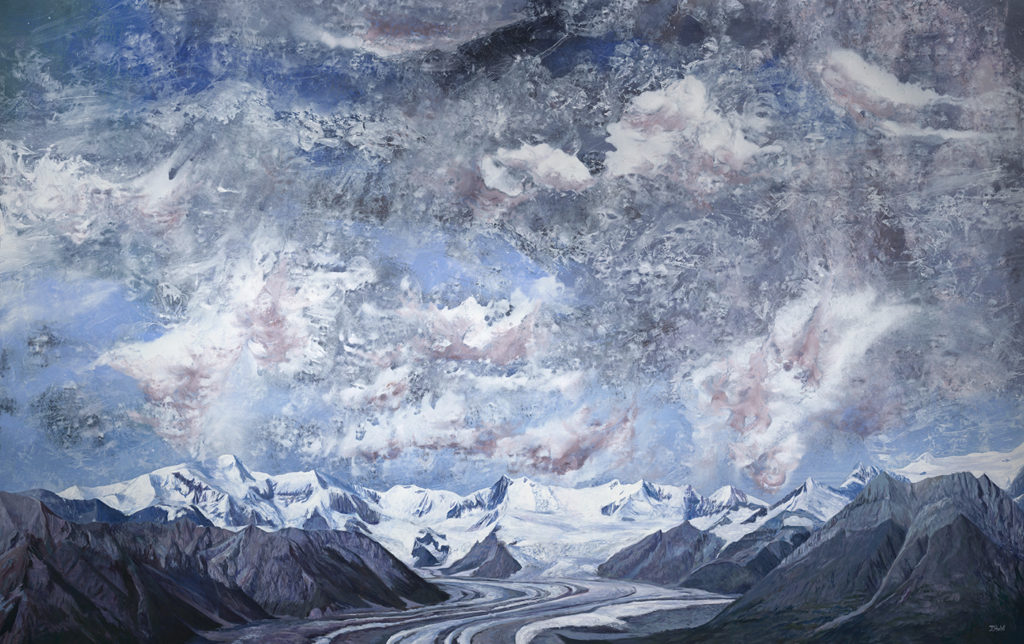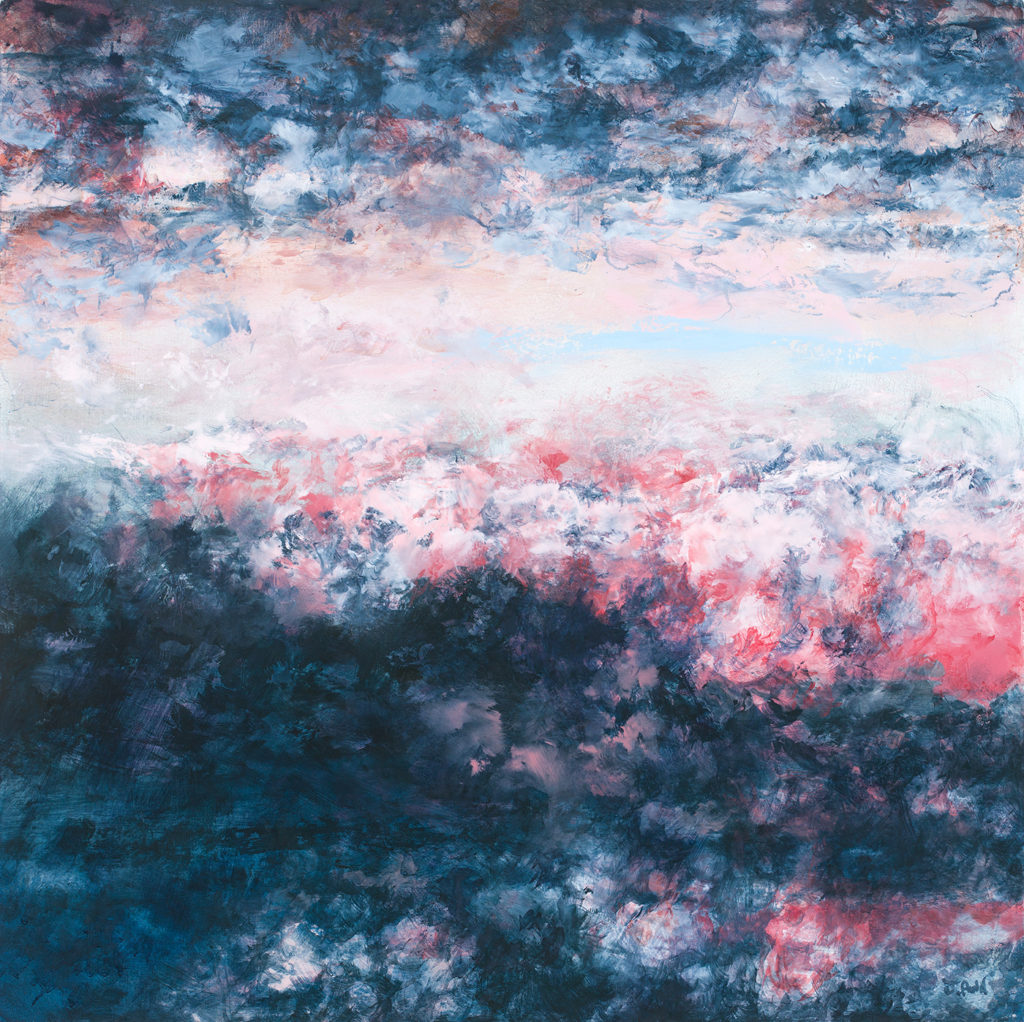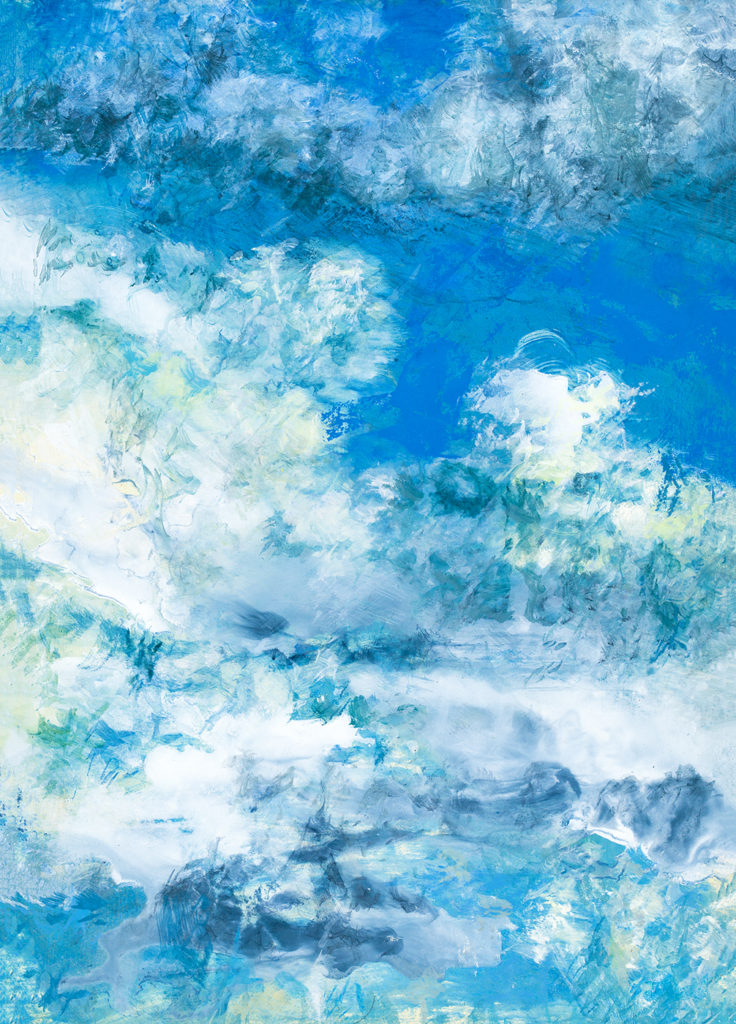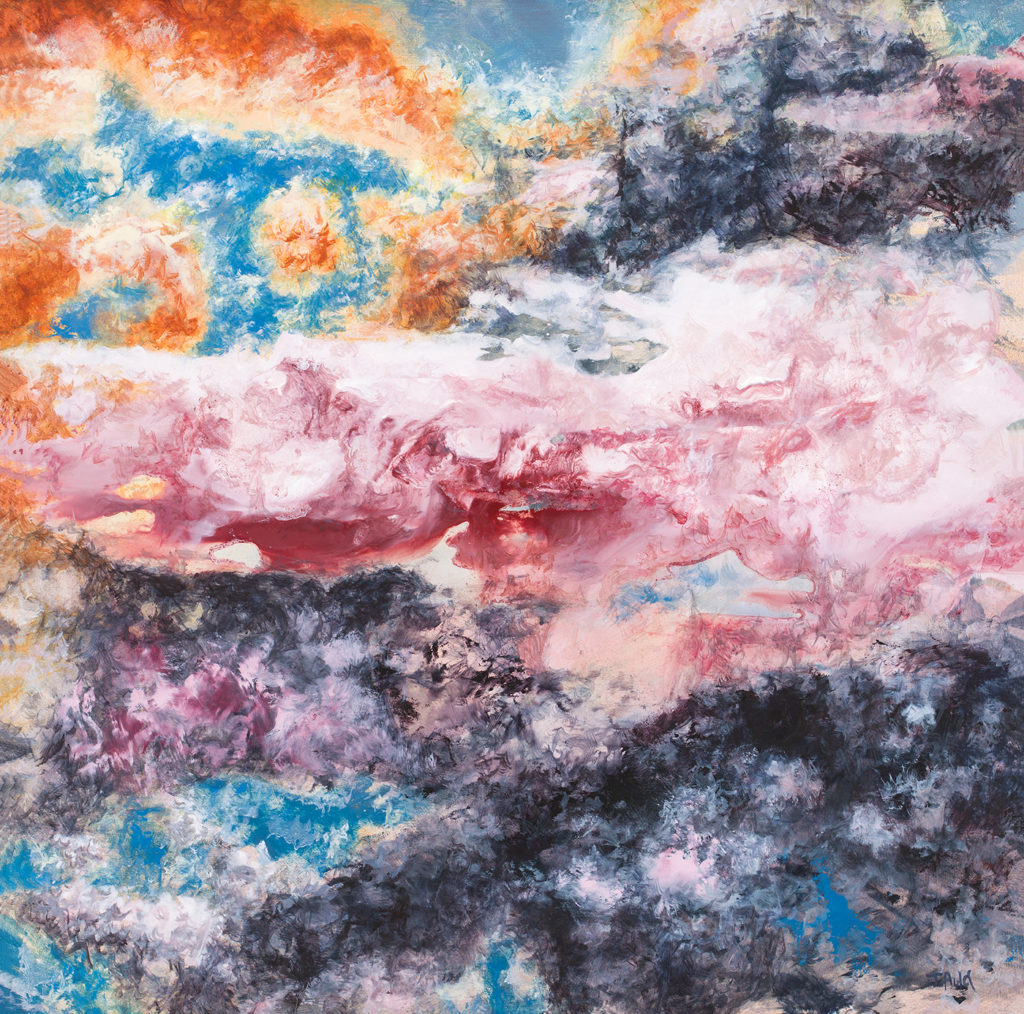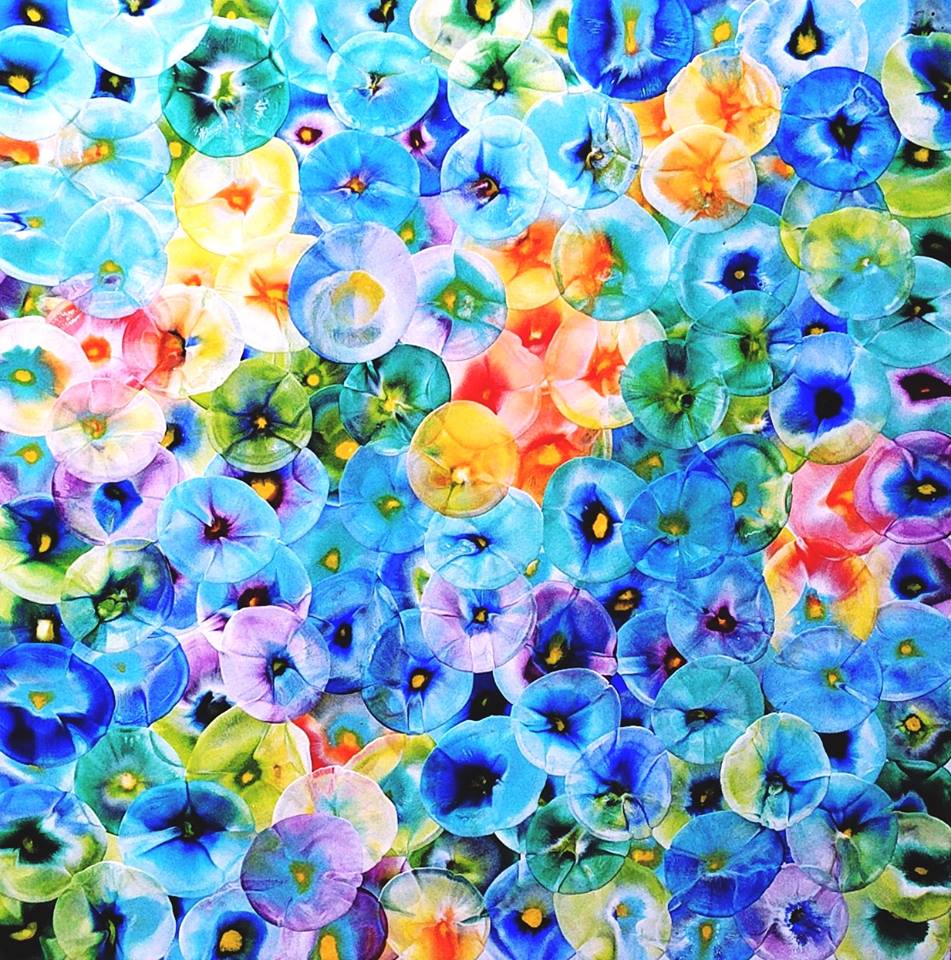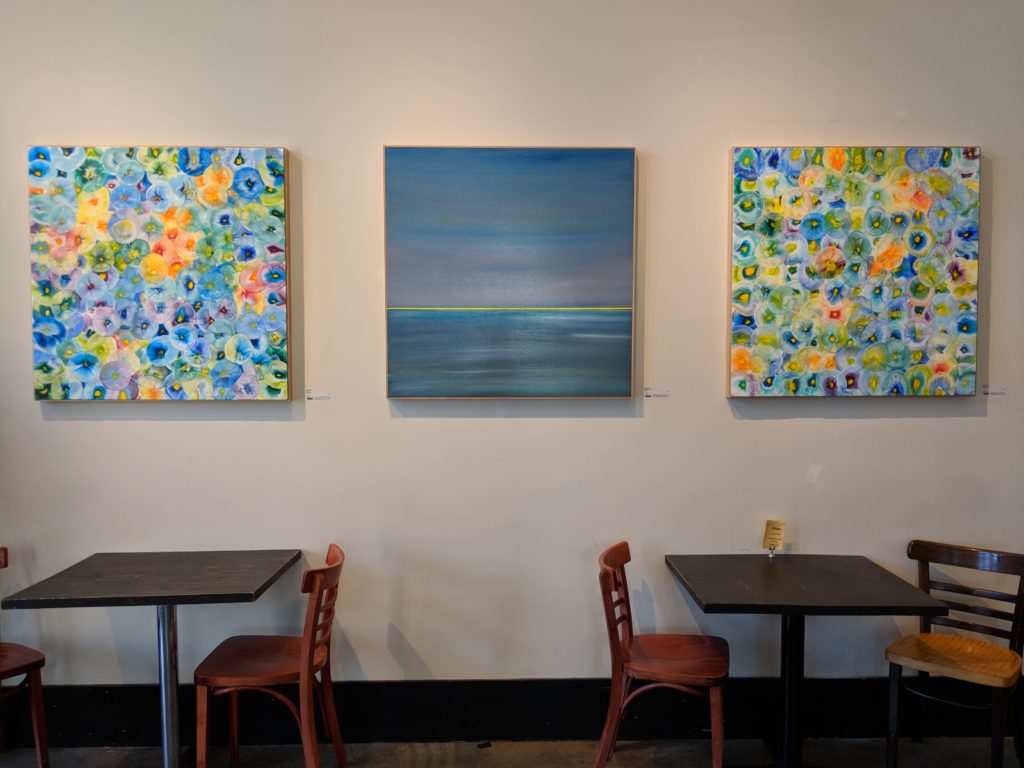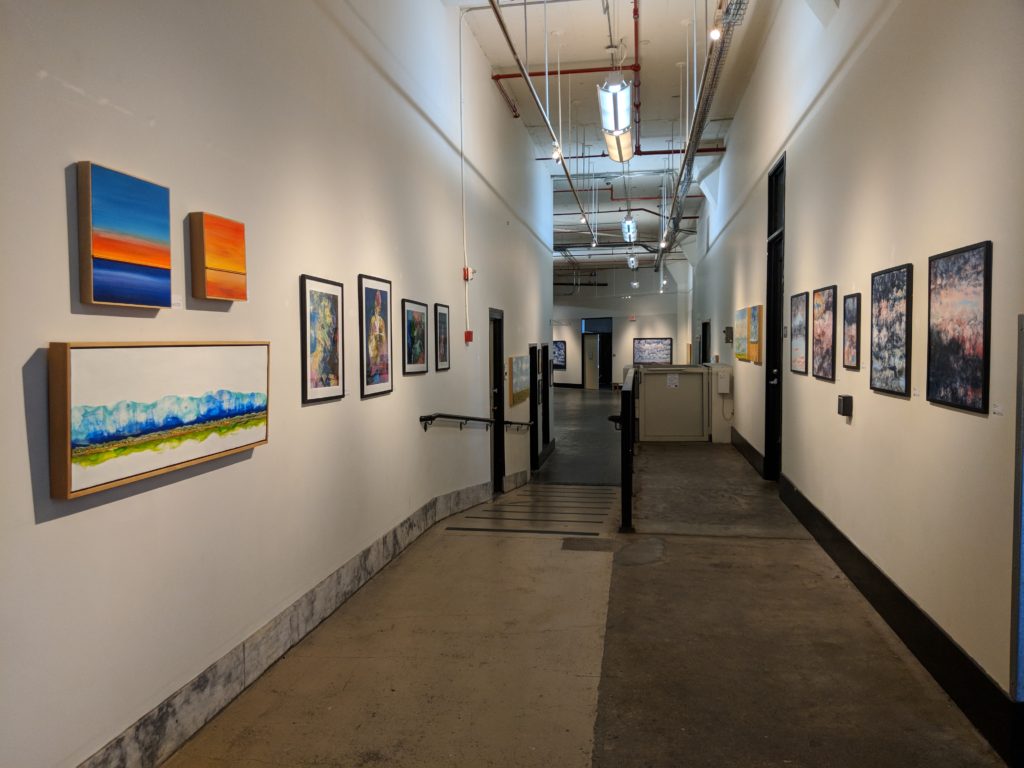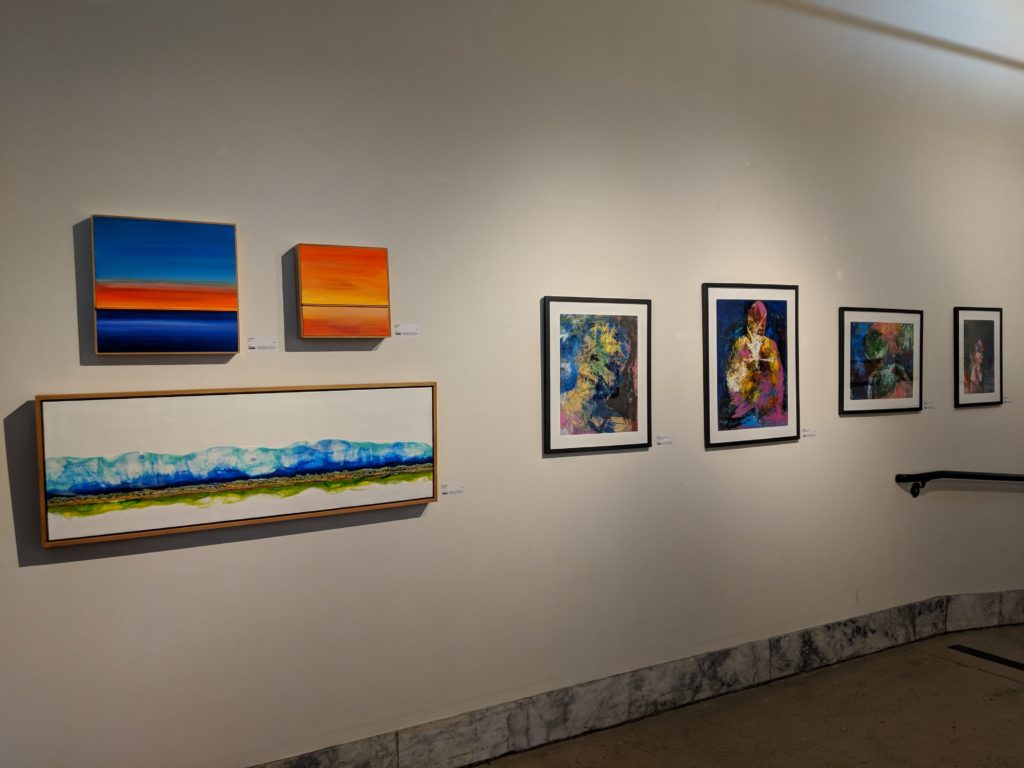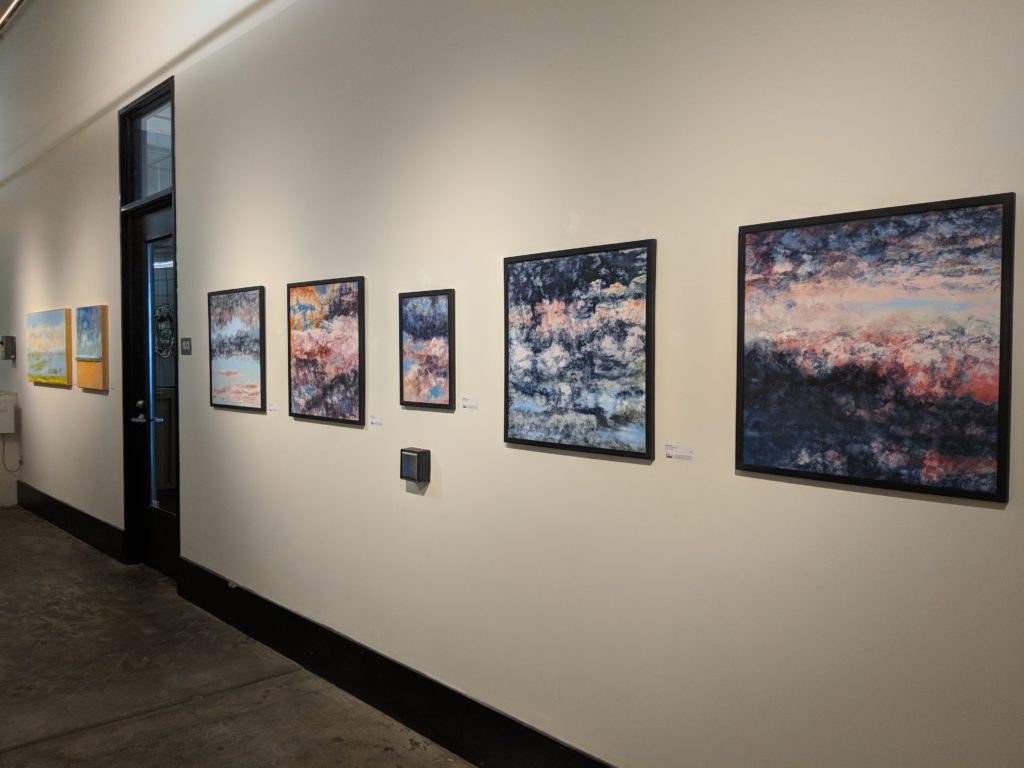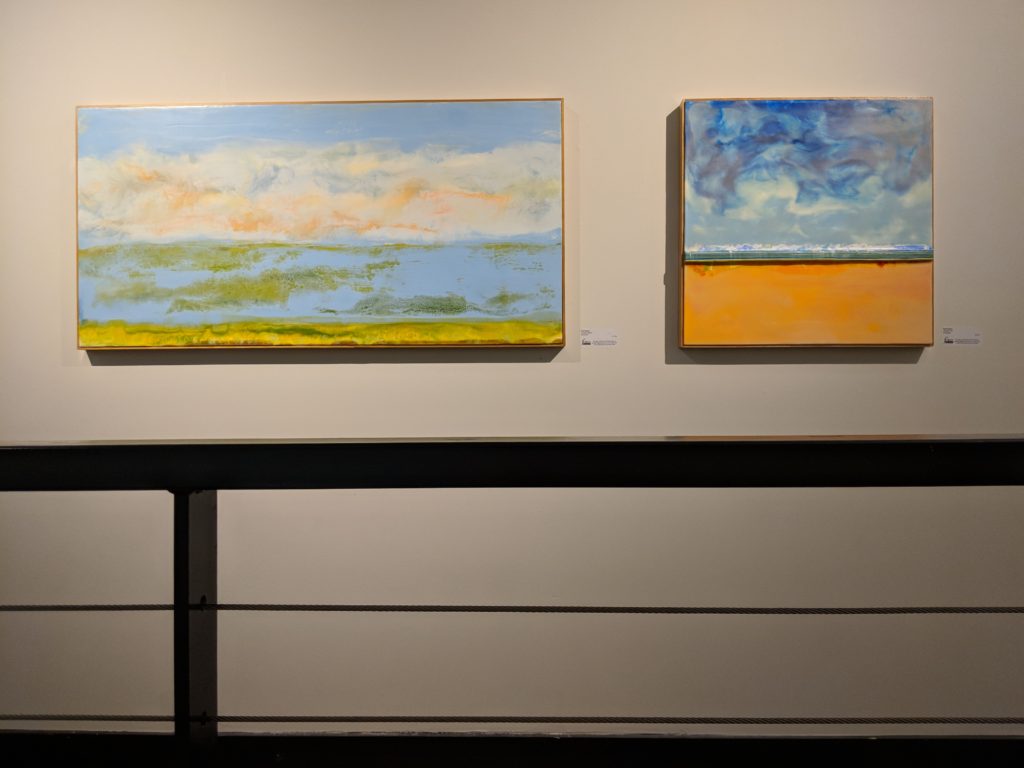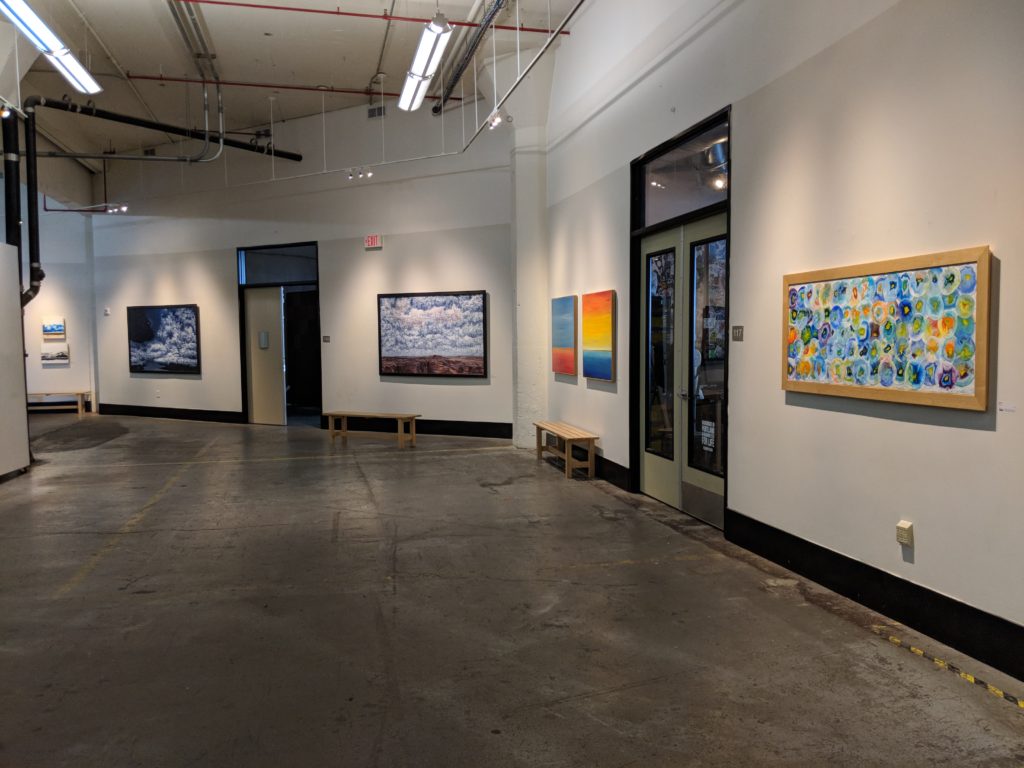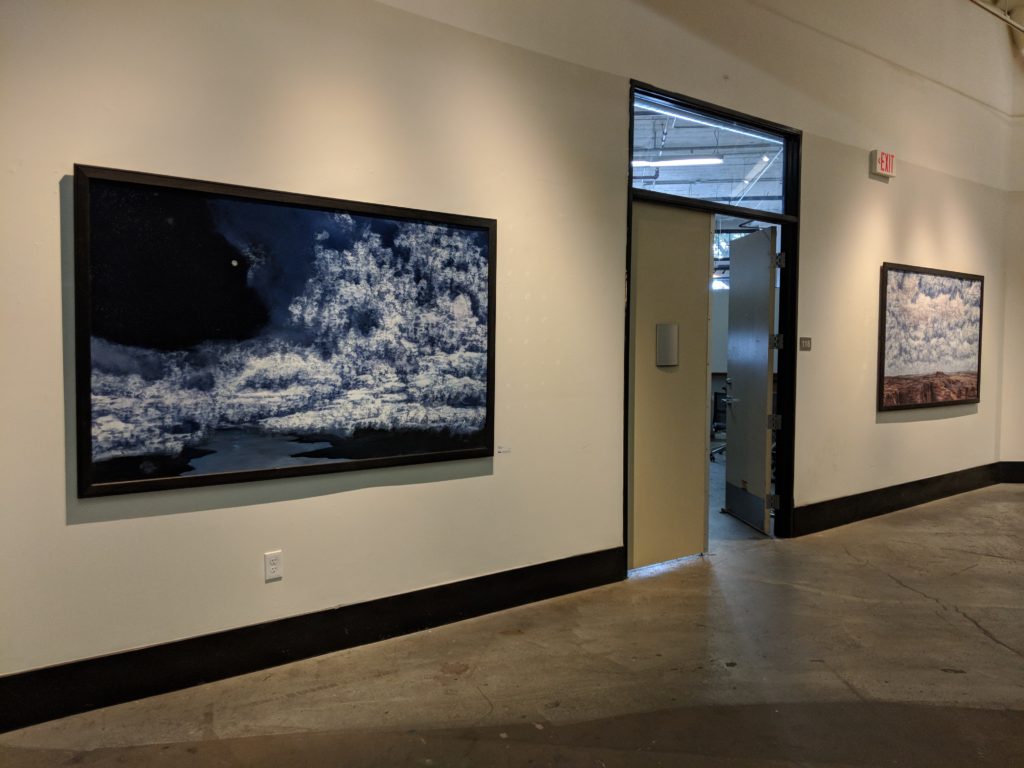
Featuring new monotypes by:
Ahuva S. Zaslavsky
Fritz Koch
Jemila Ann Hart
Jenn Feeney
OPENING
Saturday, April 27th
6-9 PM
Under Pressure: One of One is a group of Portland based printmakers that has been working together for over eight years. In 2019, we founded the Under Pressure: One of One collective in order to foster a supportive community and space for our printmaking process. Our mission is to create, encourage, collaborate and exhibit together.
In the monotype process there are limitless possibilities. Works are created by applying ink to a smooth plexi plate, manipulating the ink using tools and our signature techniques, and then running the plate and paper through a press which transfers the image to the paper using pressure.
We are passionate about our work and in sharing our techniques and methods with each other. We see monotypes as a bridge between printmaking and painting, and we love the playful quality of this printmaking method.
https://www.instagram.com/underpressurepdx/
Ahuva Zaslavsky
Ahuva S.Zaslavsky (1975-) was born in Tel Aviv, Israel and moved to Portland, Oregon in 2010. Ahuva is a Printmaker and Painter. She graduated from The University of the Negev, Israel with a B.A. in Behavioral Sciences. Her art practice began when she moved to Portland at the CE Program at PNCA and at Crow’s Shadow Institute of the Arts.
Coming from a diverse cultural background and having pursued studies in Psychology, Sociology and Literature, Ahuva is constantly seeking to understand the relationship between human behavior, the individual’s motivation to be and create, and their interaction with the world, society and culture. She is dealing with identity questions of the subject in a group and as an individual.
Ahuva’s current theme is movement and rhythm of the individual in private and public spaces, the expression within those psychological and mental spaces, and the ways to express these in two dimensional form.
Fritz Koch
Fritz Koch creates monotypes that celebrate and reflect the spirituality of landscape, particularly that of Central and Eastern Oregon. His work is a meditation on textural landforms, geologic juxtapositions, and atmospheric perspective. The work is presented as a medium for the observer to vicariously commune with nature, and to find comfort in the familiarity of real or imagined spaces.
Koch was born in Detroit, Michigan and received his BFA from Michigan State University, and now makes his home in Portland, Oregon.
Koch is a member of Flight 64, a non-profit, cooperative print studio in Portland, OR, and is a returning printmaker at Crow’s Shadow Institute of the Arts, in Pendleton, OR. He has exhibited at the Pacific Northwest College of Art (PNCA), Flight 64, Bite Studio, Crow’s Shadow and others. He also co-curated and installed Reflections on the Columbia River Plateau, a traveling exhibit of monotypes produced at Crow’s Shadow, coordinated through Pacific Northwest College of Art.
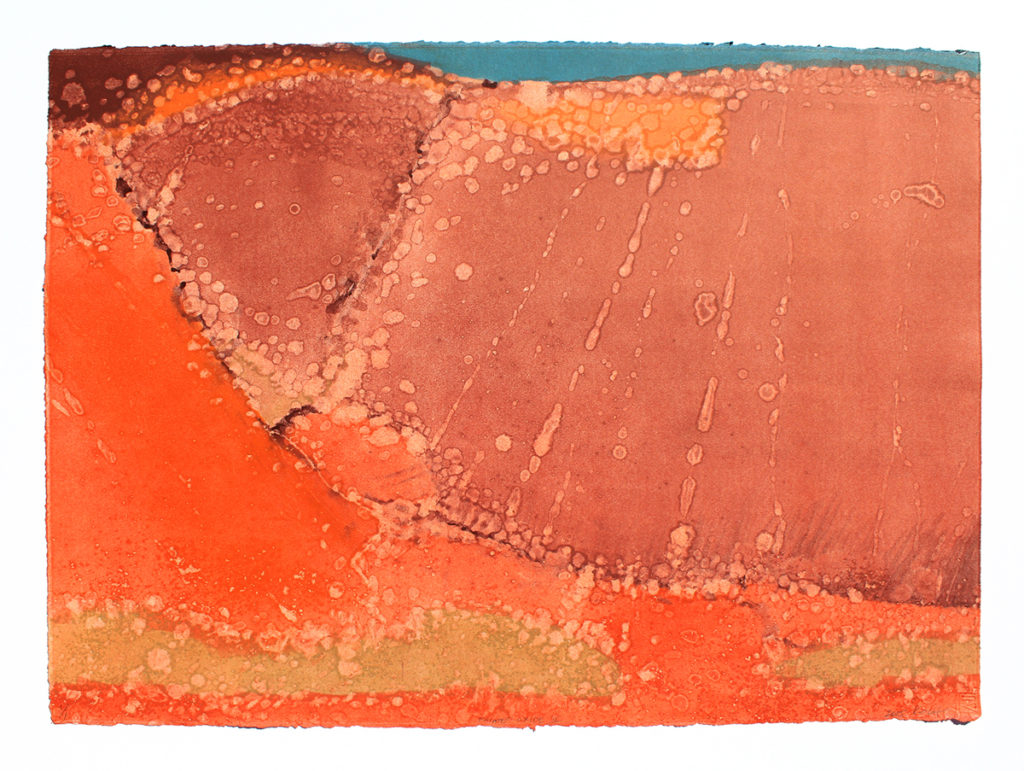
Painted Oxide II by Fritz Koch 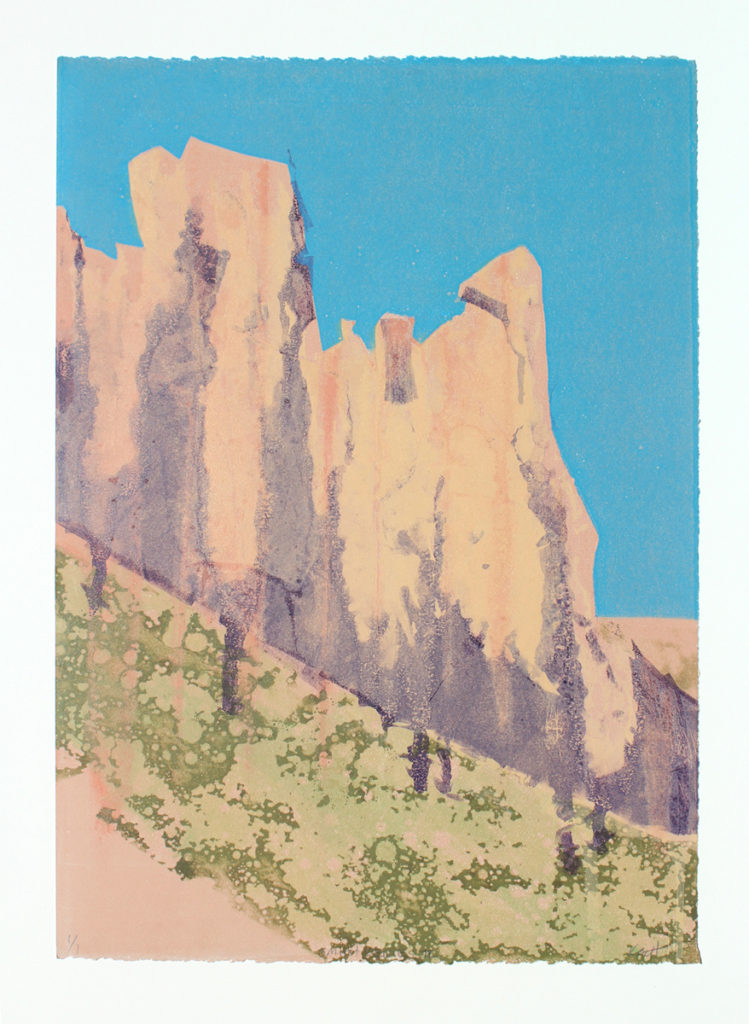
Smith Series II by Fritz Koch 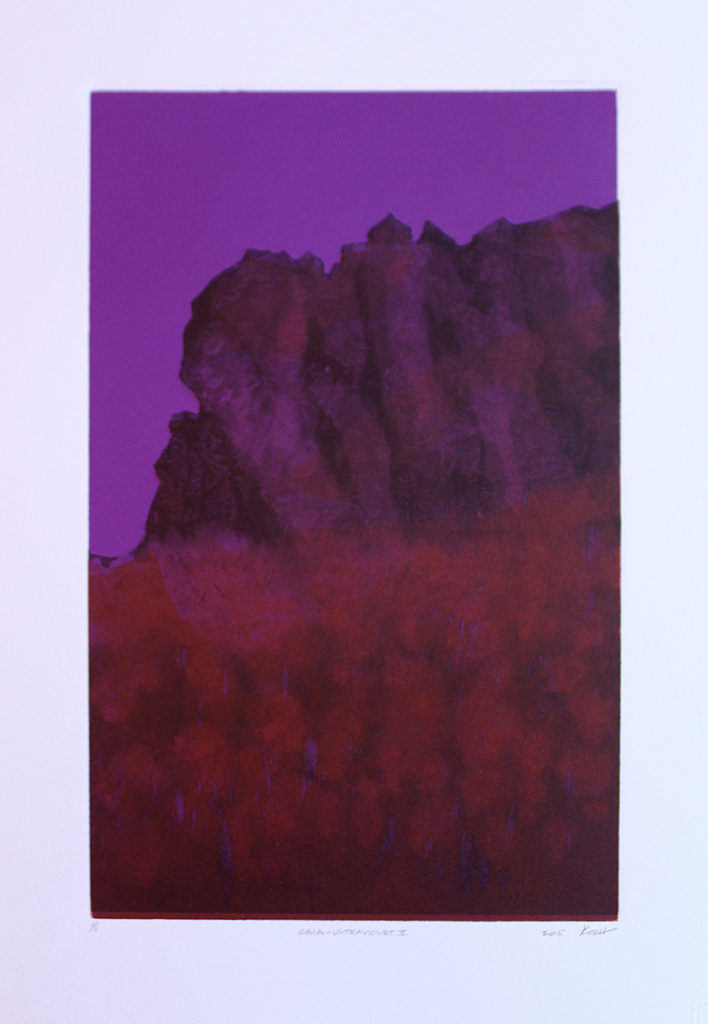
CSIA Ultraviolet II by Fritz Koch 
CSIA Painted Flame by Fritz Koch
Jemila Ann Hart
Jemila is often drawn to landscapes in the prints that she creates. She uses landscapes to capture and investigate states of mind, nuances of her own emotional life. While the landscapes that she chooses to depict are often beautiful, they hint at human impact and the seen and unforeseen consequences of our intentions and our delusions on the environment and on each other. These subtle environmental themes question the inequitable distribution of the natural world for the sake of progress, question the squandering of our abundance and question the drive to expand, colonize and use the earth’s resources to depletion. There is much to be learn from paying attention to the landscapes around us, she feels, they hold the history of our humanity and tell stories about our relationships; our relationships to ourselves, to others and our relationship with the planet.
Jemila was born in Michigan, but has lived in many places including Washington State, Yemen, Niger and Alaska. She currently lives with her partner Jeff and their two aged cats in NE Portland. She has a great appreciation for the perspective that comes from traveling, seeing new places and glorious new things.
Jemila received her BS in Biology and Anthropology from Lewis and Clark College and recently completed her Masters in Social Work from Portland State University. Jemila currently works as a community based social worker in Public Housing communities in Clackamas County, is a member of Flight 64, a non-profit collective Portland print studio and returns regularly to workshops at the Crow’s Shadow Institute of the Arts in Pendleton, Oregon to expand and deepen her skills in monotype printmaking.
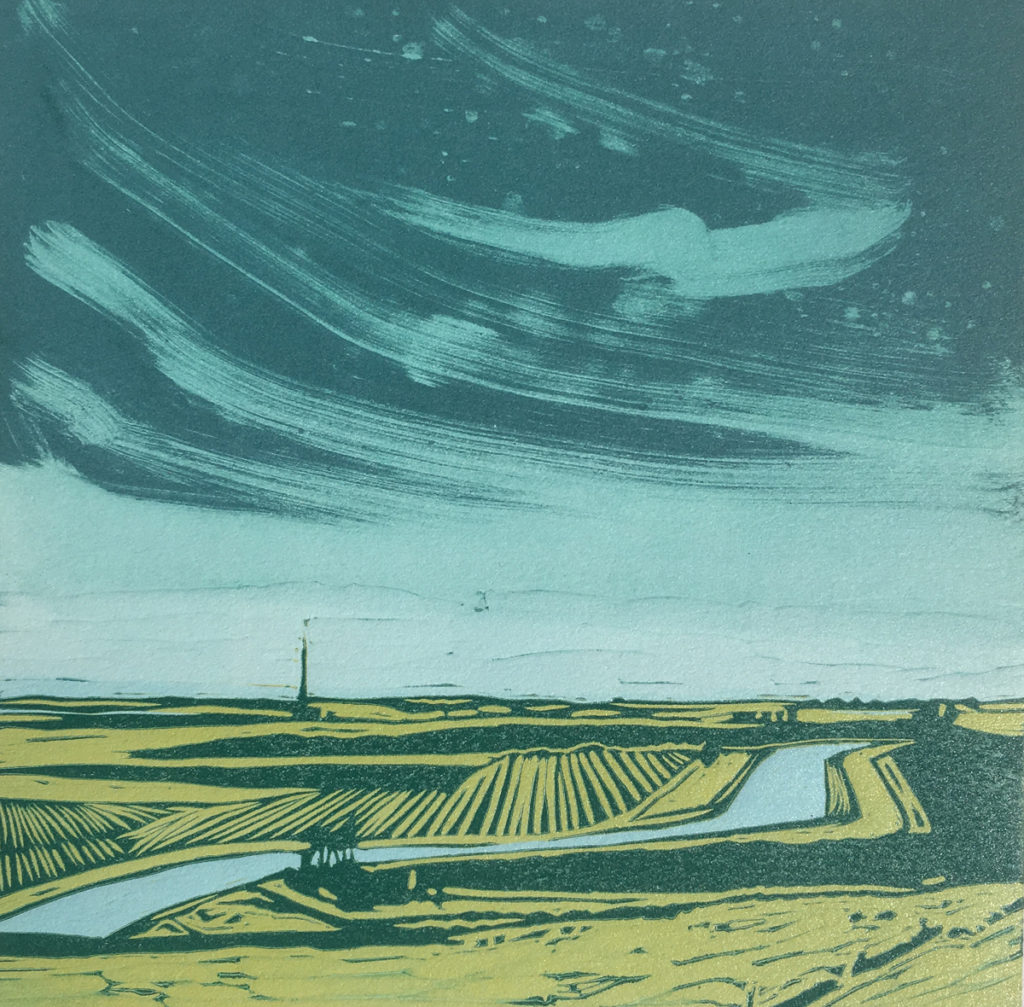
Central Valley 2 by Jemila Ann Hart 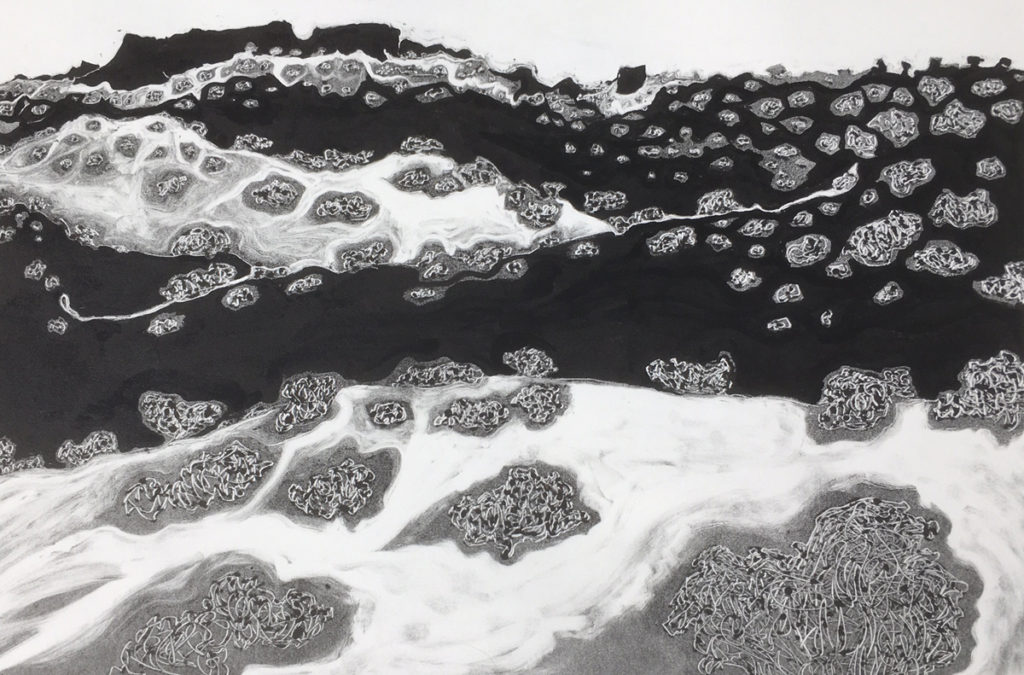
Take It Easy, Honey by Jemila Ann Hart 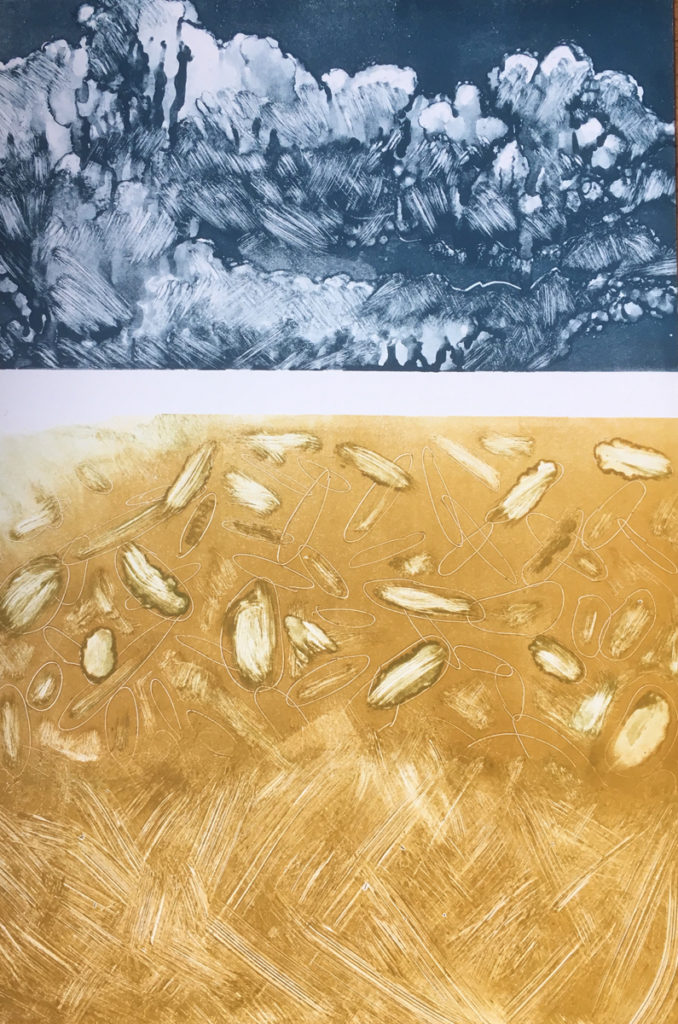
Watering the Seeds by Jemila Ann Hart 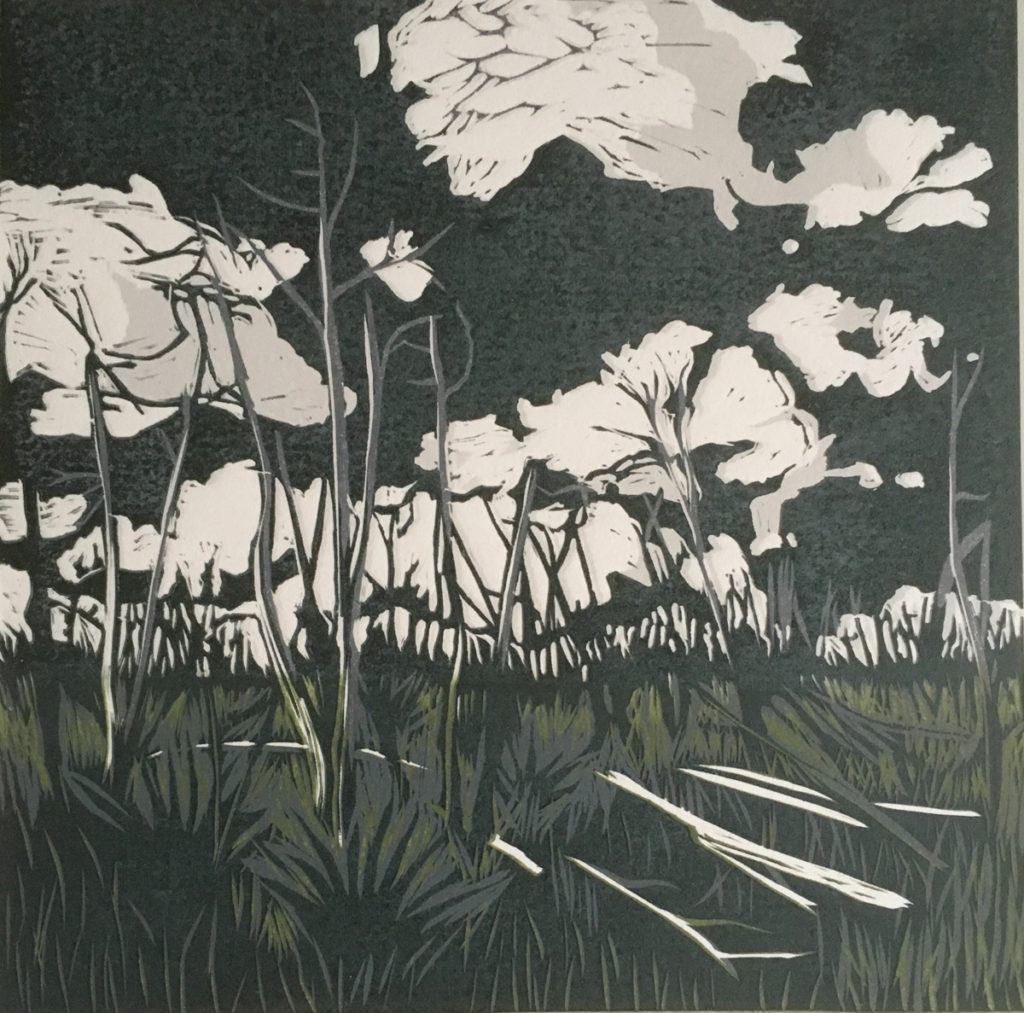
Burnt by Jemila Ann Hart 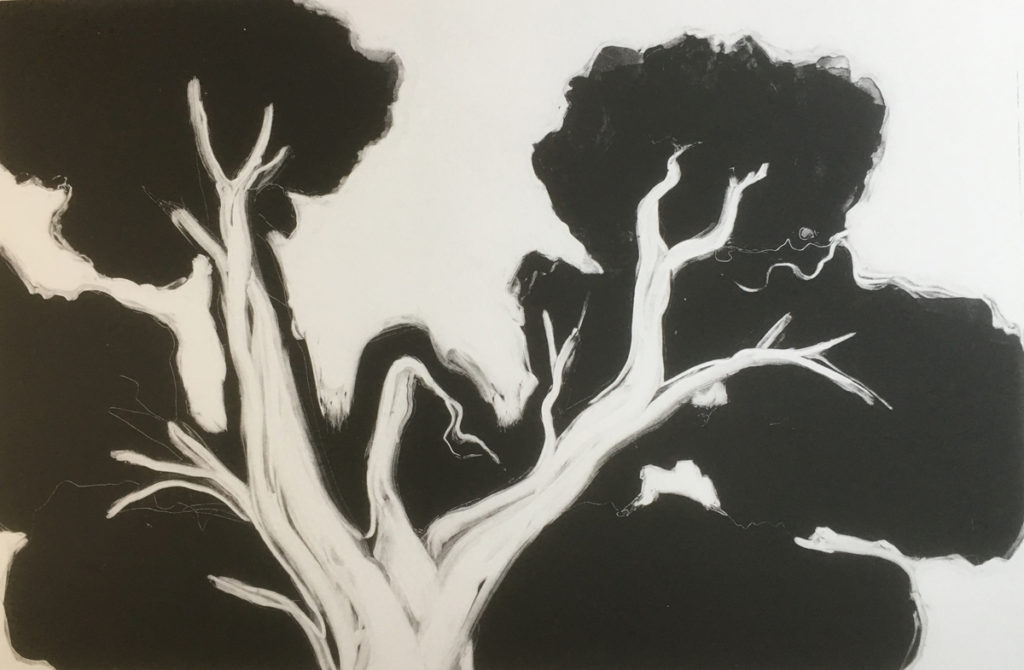
You Know How I Feel by Jemila Ann Hart
Jenn Feeney
Jenn Feeney’s prints are monotypes which are one of a kind prints, also known as the painterly print. They are created by applying ink to a smooth plexi plate, and then transferring the image to paper by means of pressure through a press. Jenn enjoys the chemistry of the inks and solvent and the effects created by using tools to remove and add ink, layering color over color, texture over texture. While she can anticipate what will happen with the print, she is surprised and thrilled each time the print is revealed. Her works have been described as organic, underwater scenes or other worldly, microscopic views.
Jenn’s childhood was spent around a commercial print shop, so being a printmaker was inevitable… there’s ink in her blood! By chance, when she joined the working world, she ended up working in print – first as corrugated and then in business print and promotions, which is still true to this day.
In addition to printmaking, Jenn also paints in both acrylic and oil on canvas or wood. She is involved in the Portland art community and helps organize and participates in group shows and fundraising events regularly. She is an honorary member of Bite Studio in SE Portland and a returning printmaker at Crow’s Shadow Institute of the Arts in Pendleton, OR.
jennfeeney.com
@inkplatepaperpress
https://www.facebook.com/events/2223972004345224
On View April 27th – May 29th

